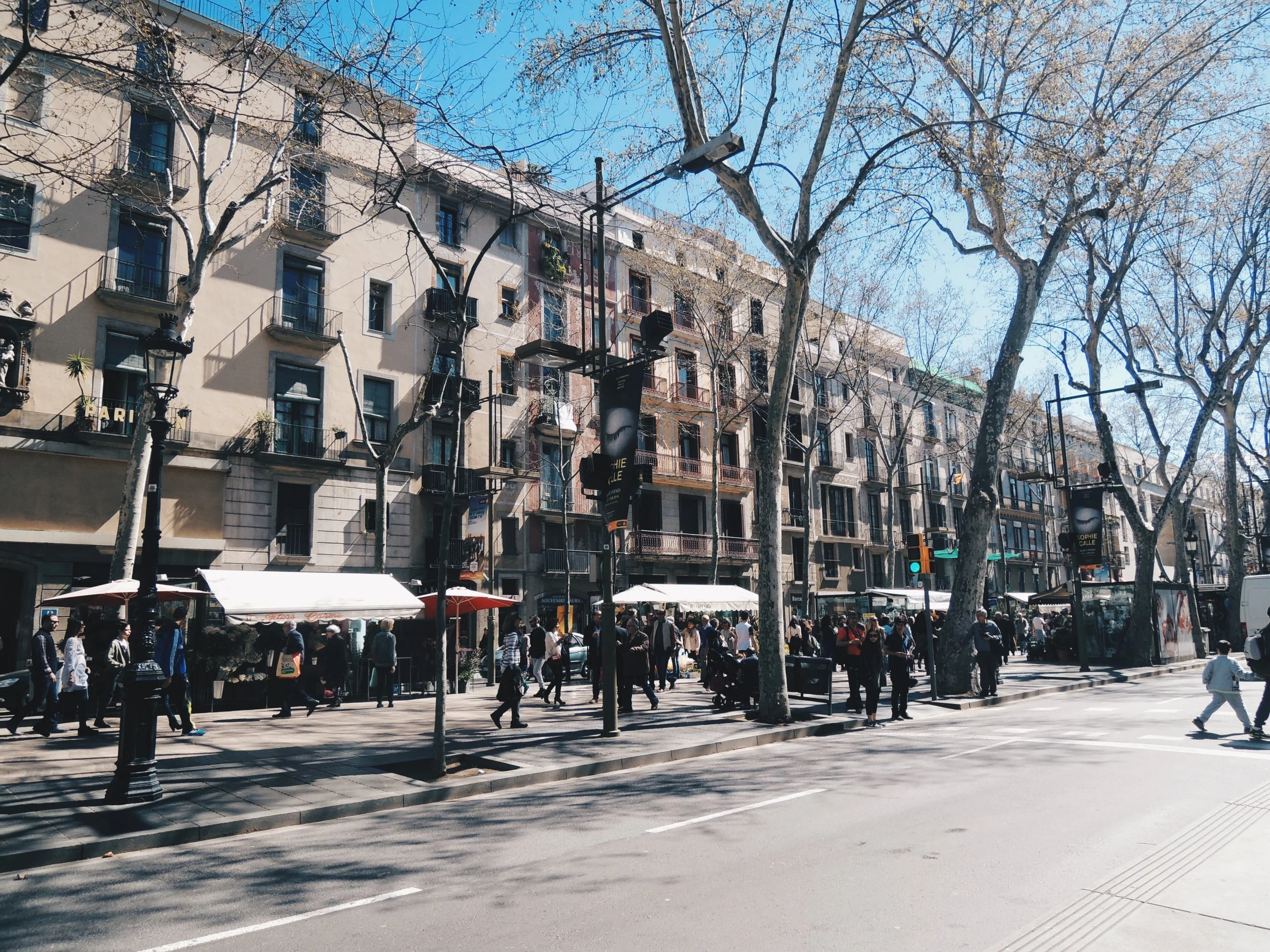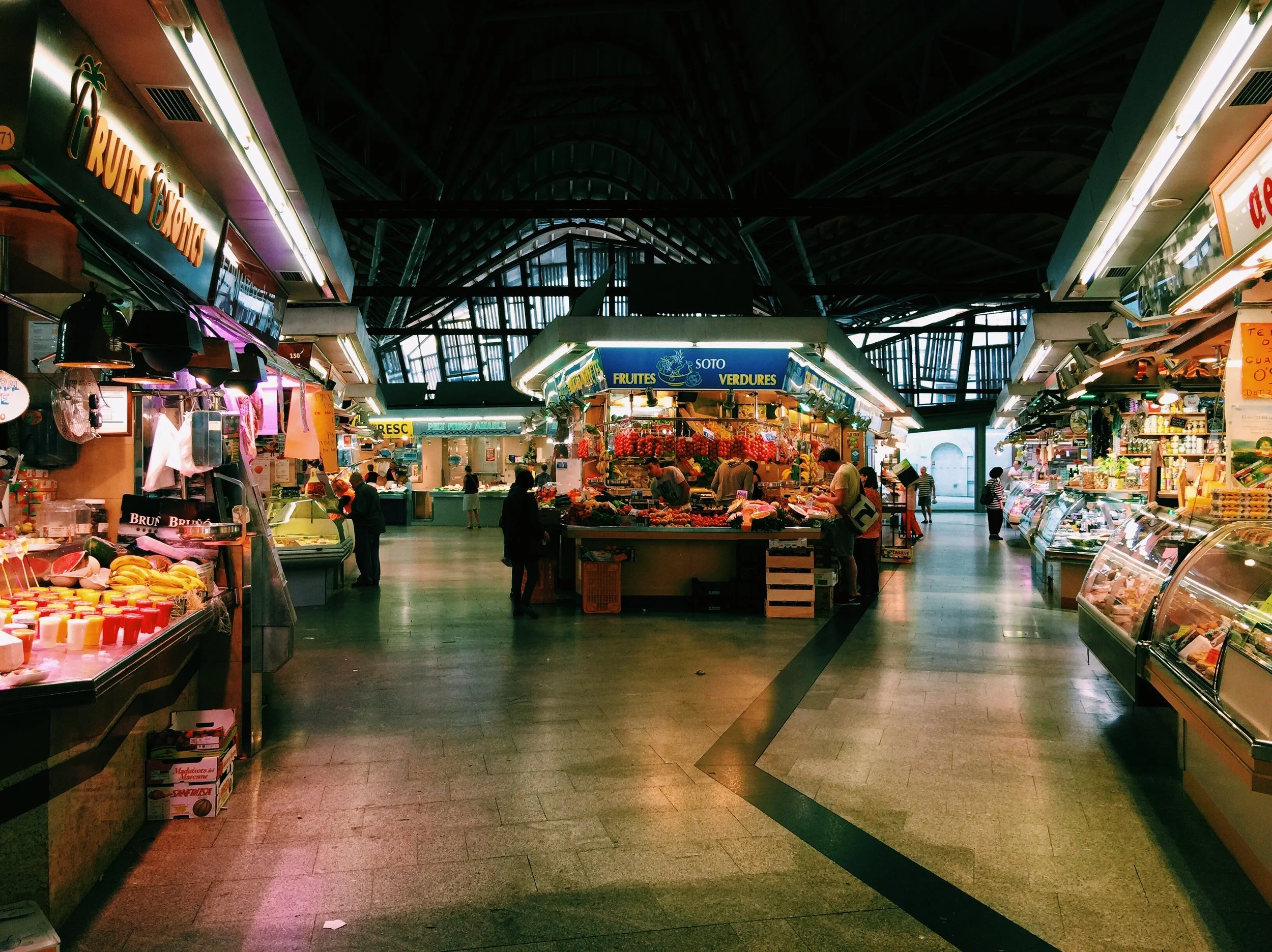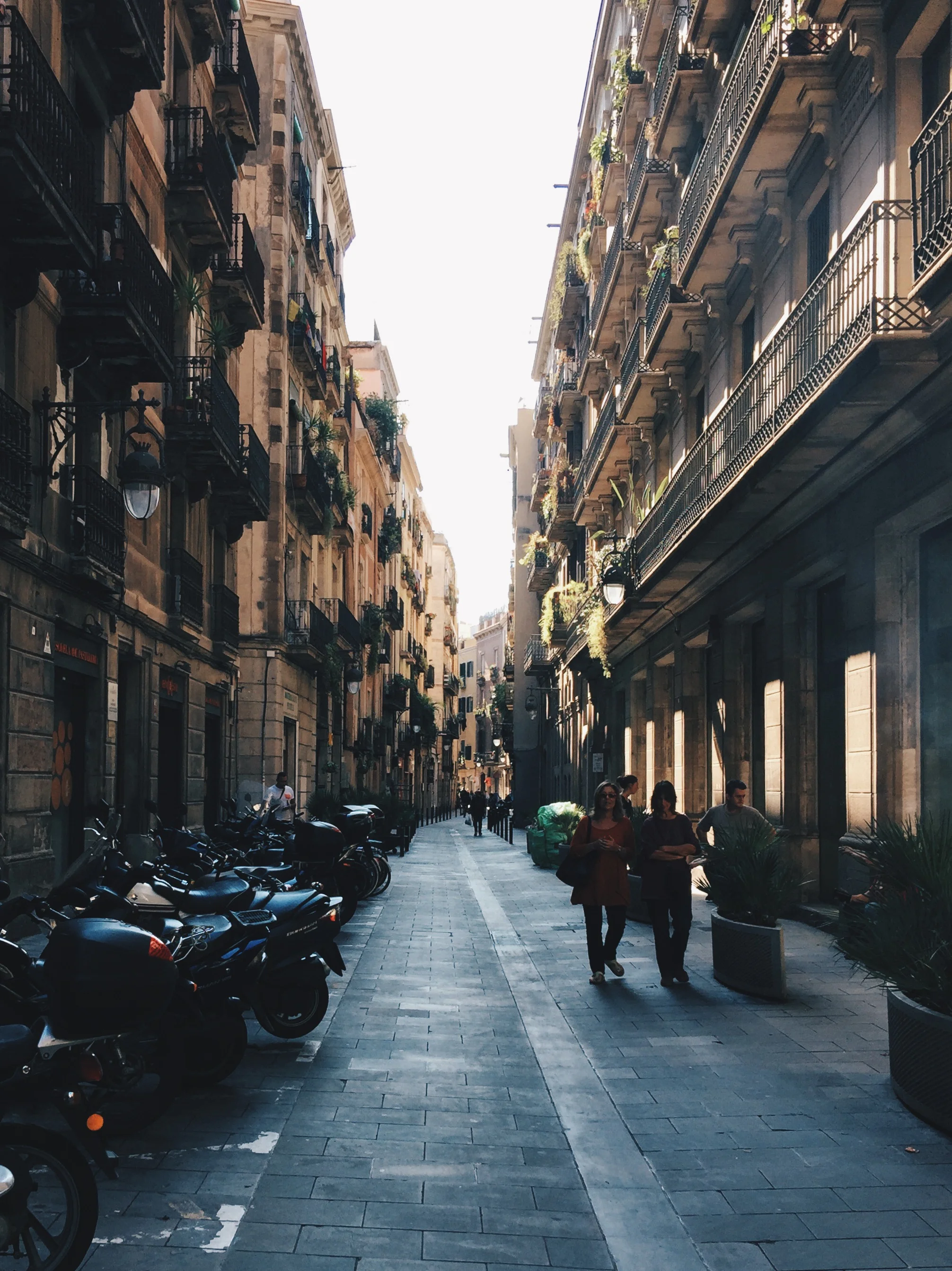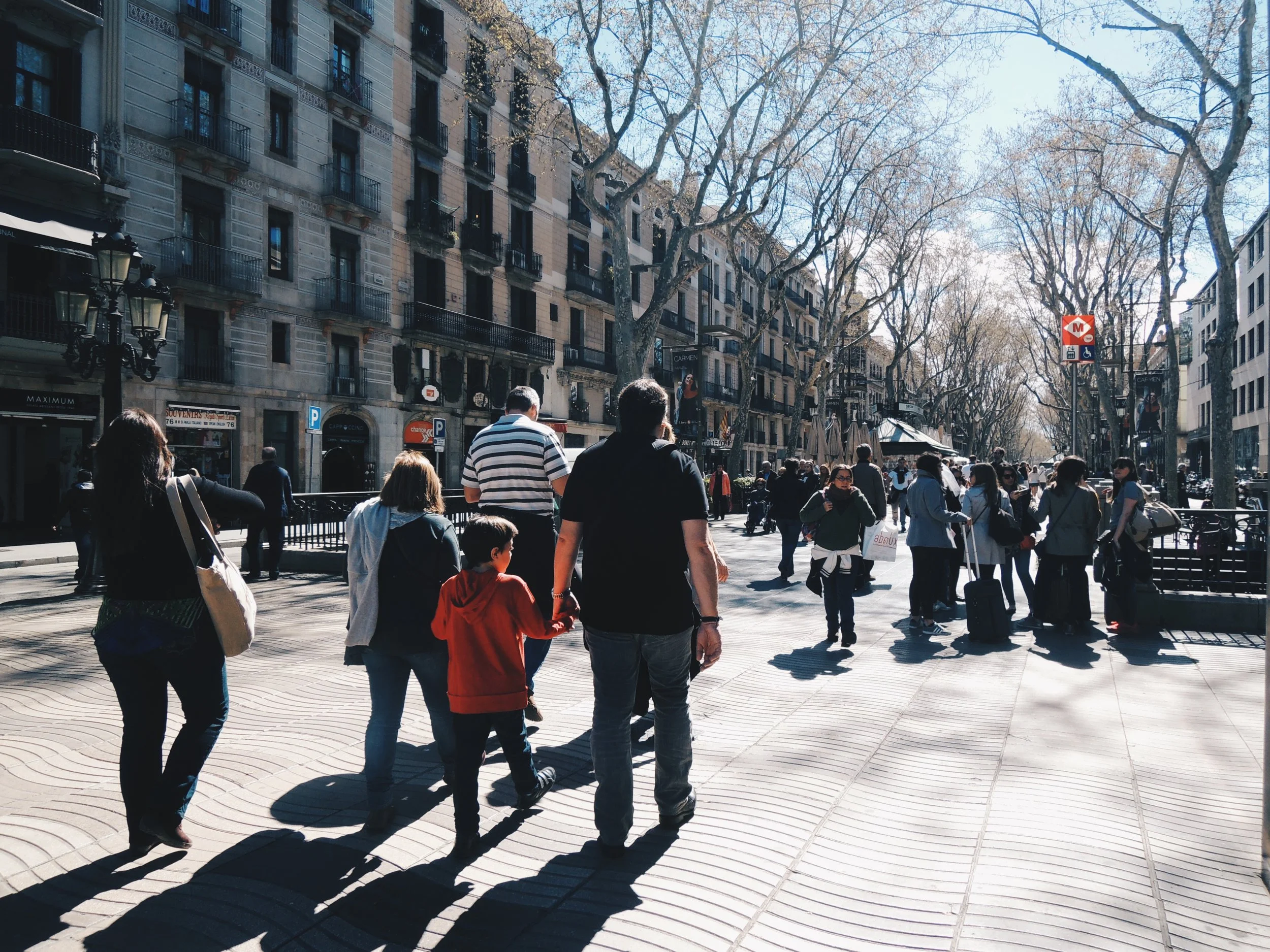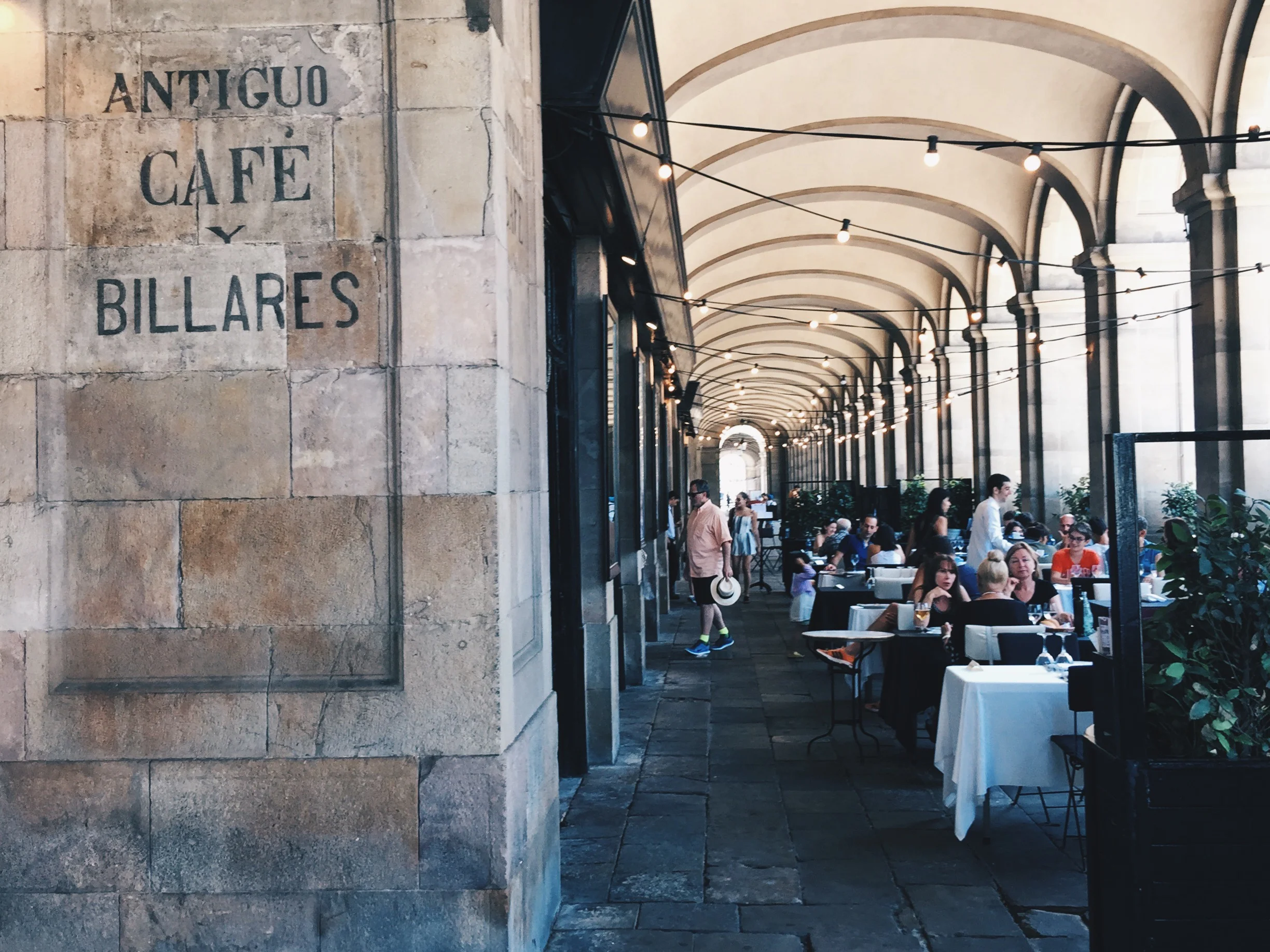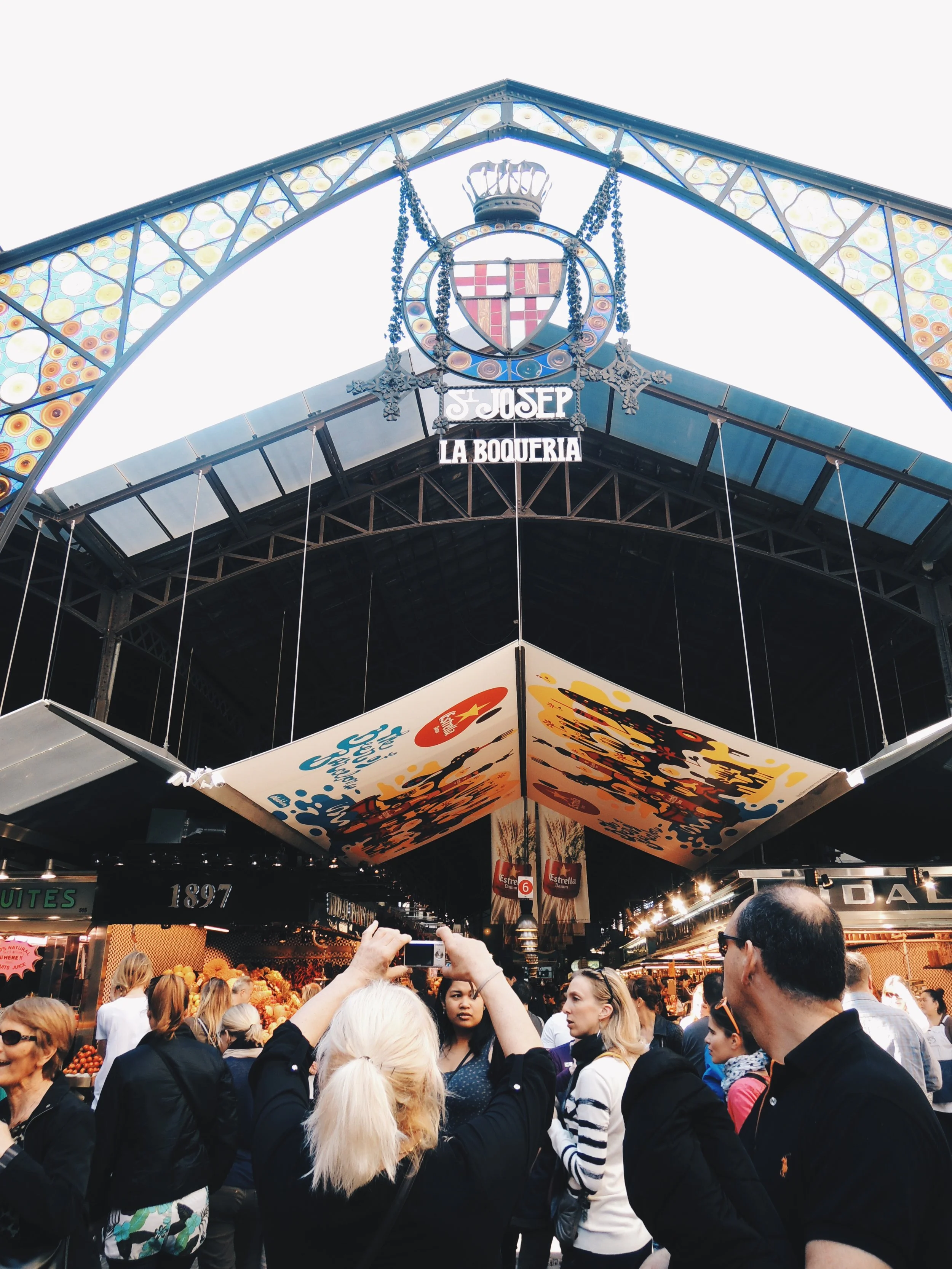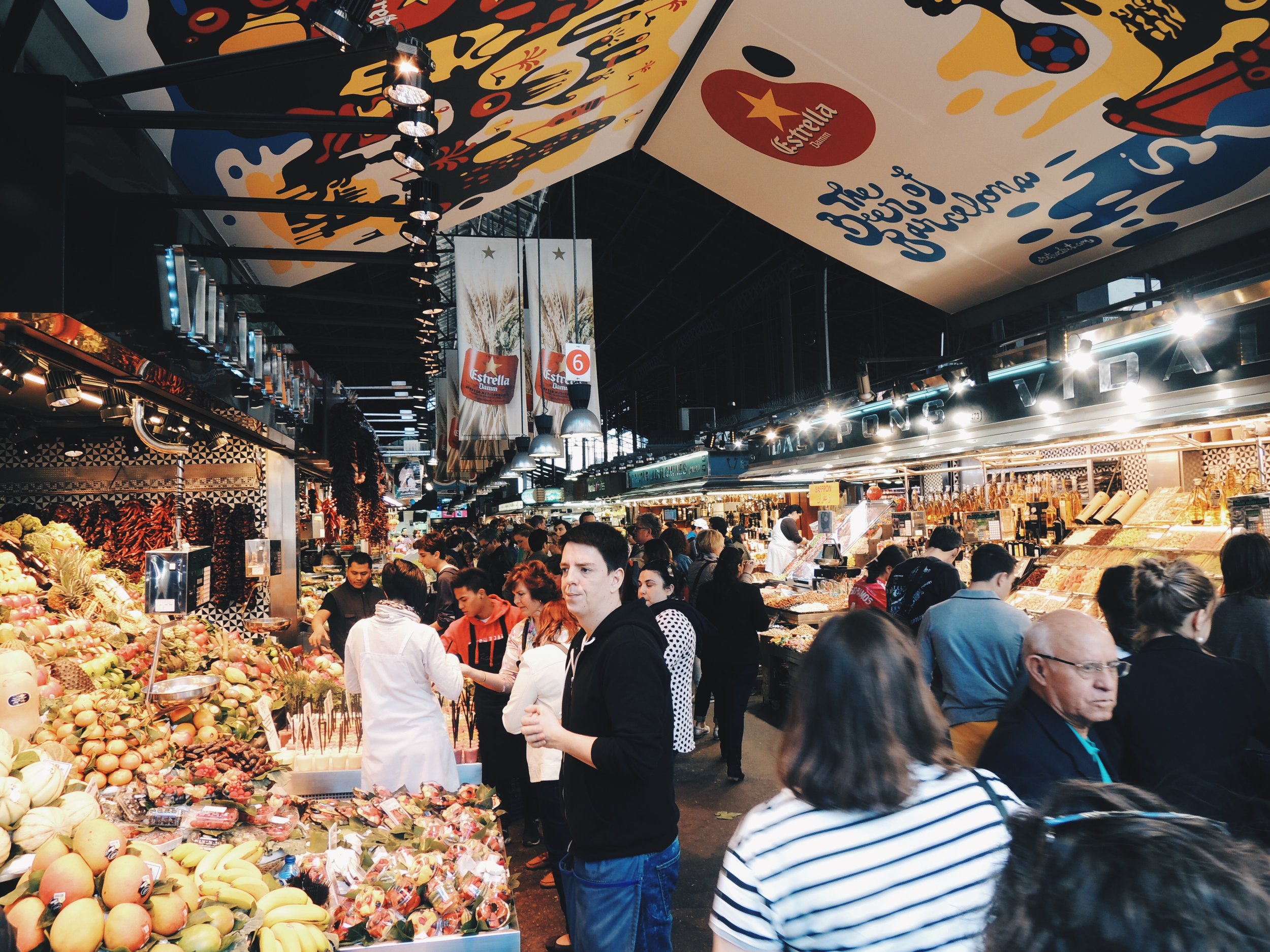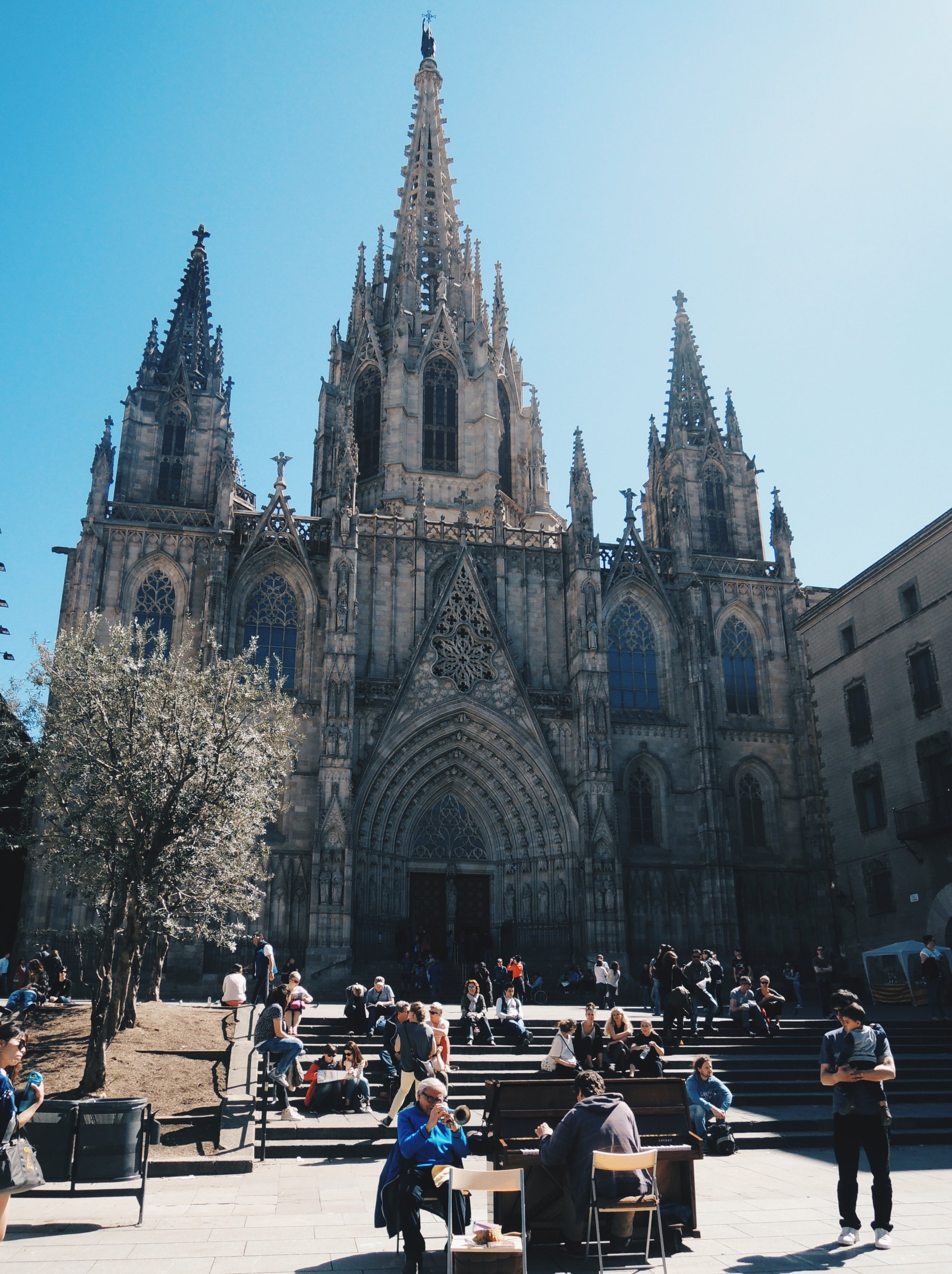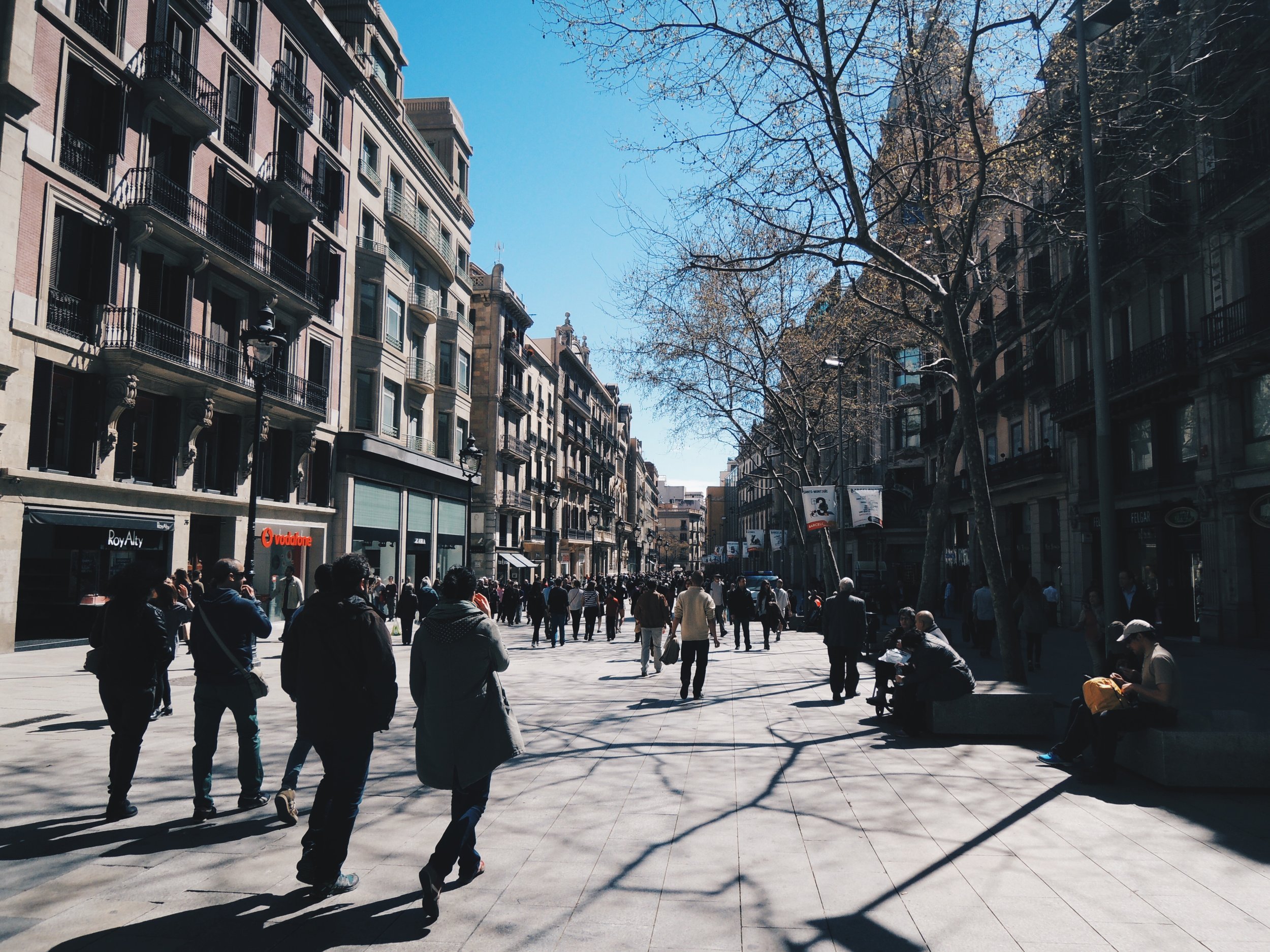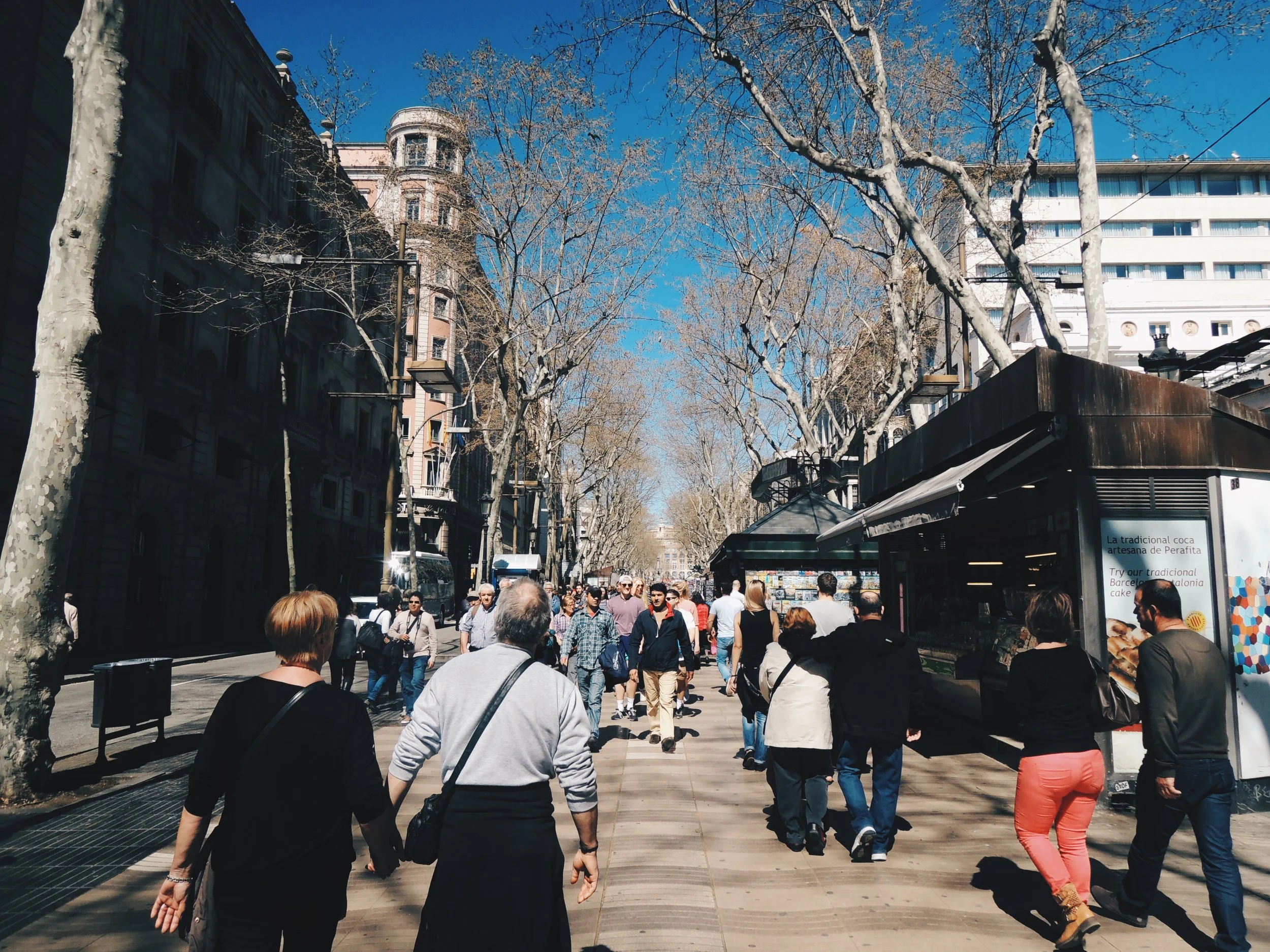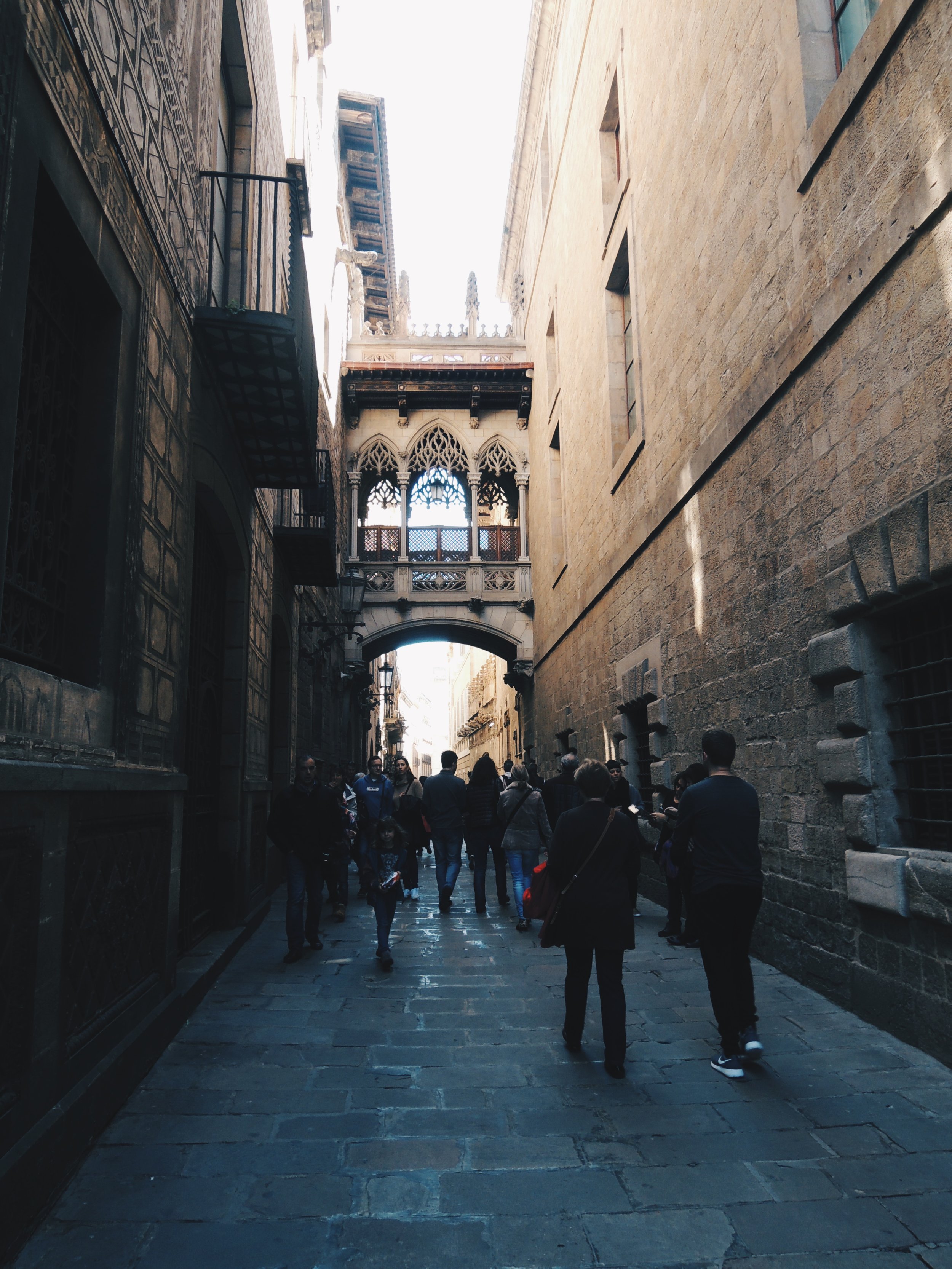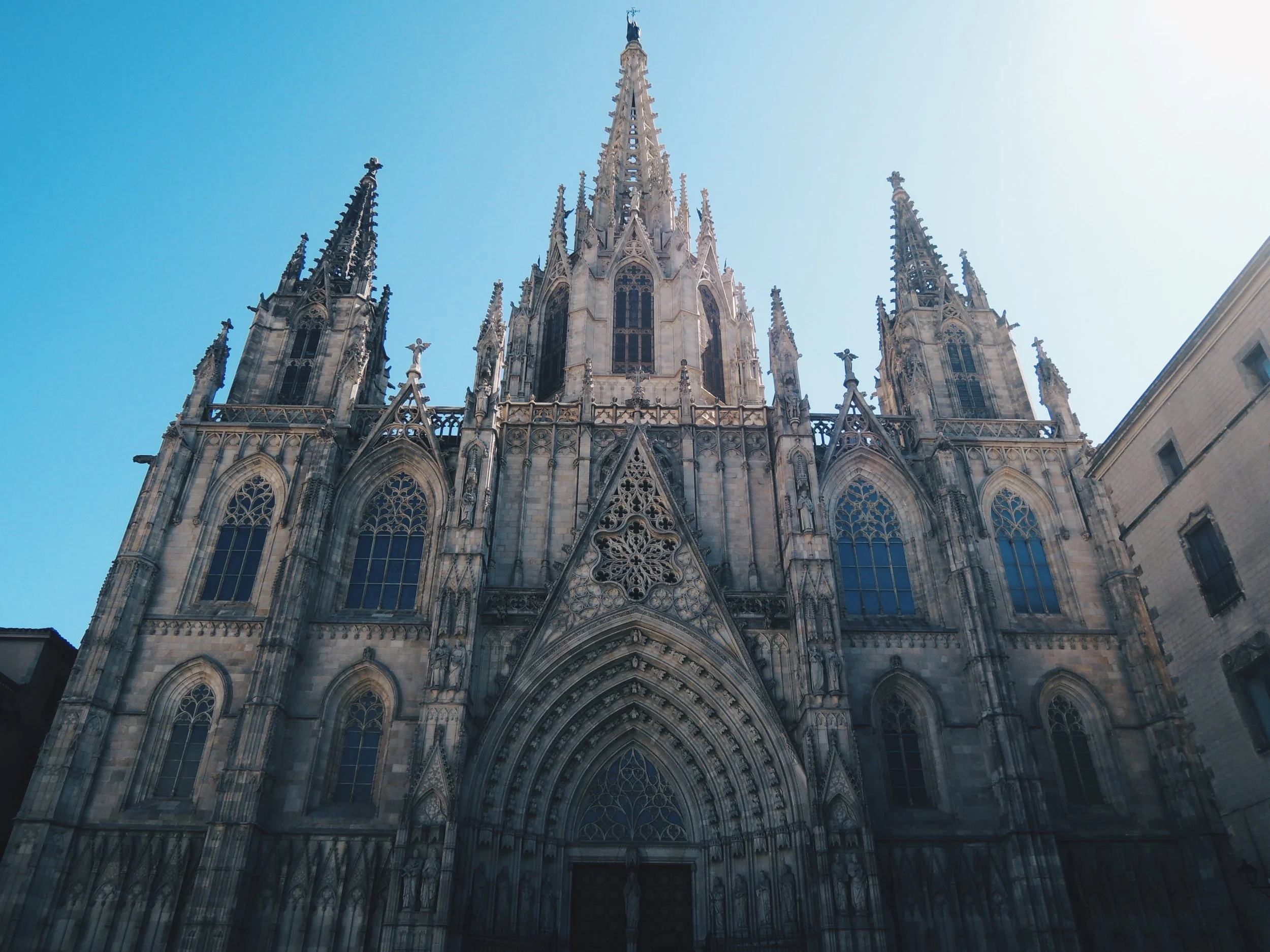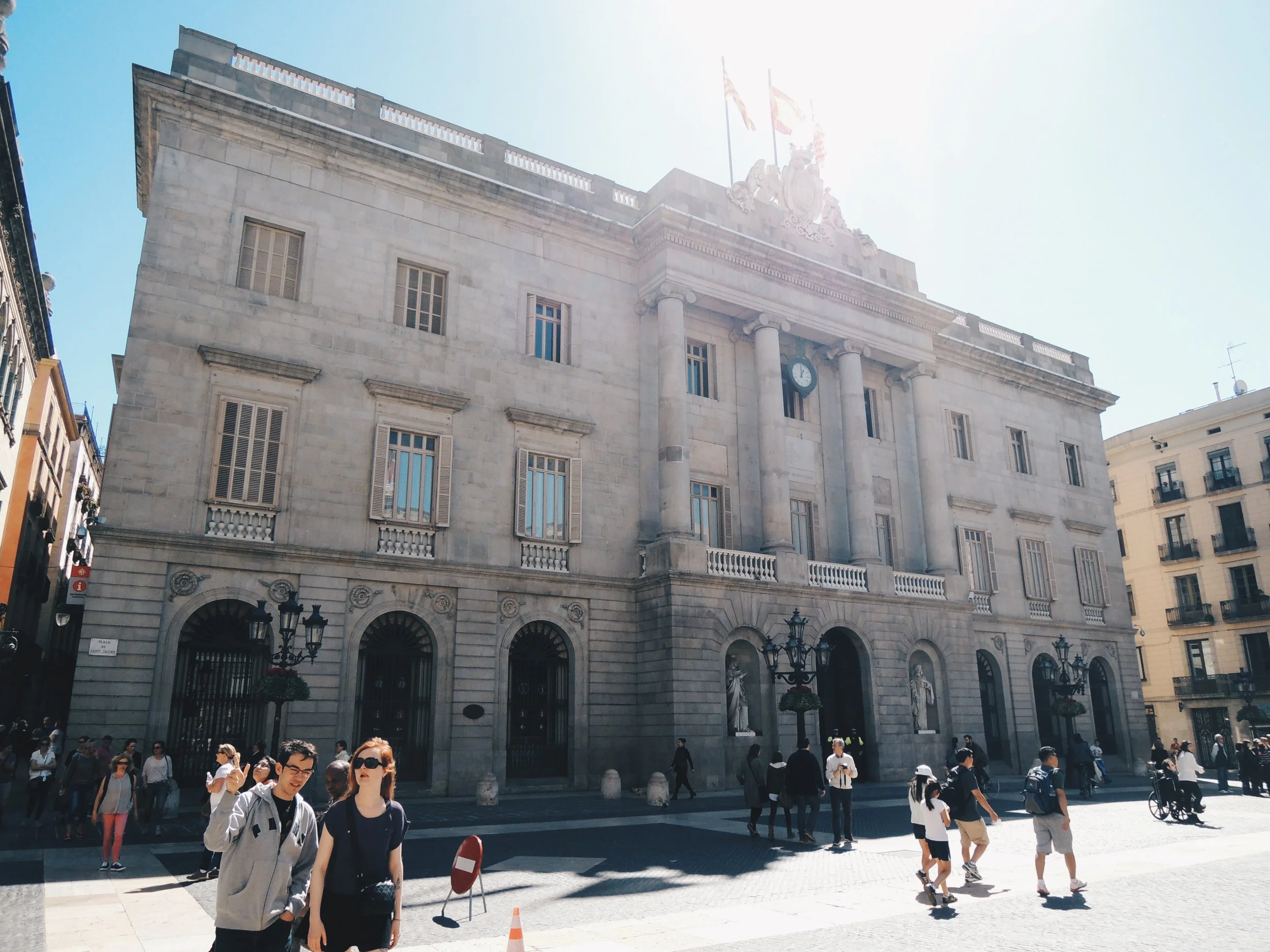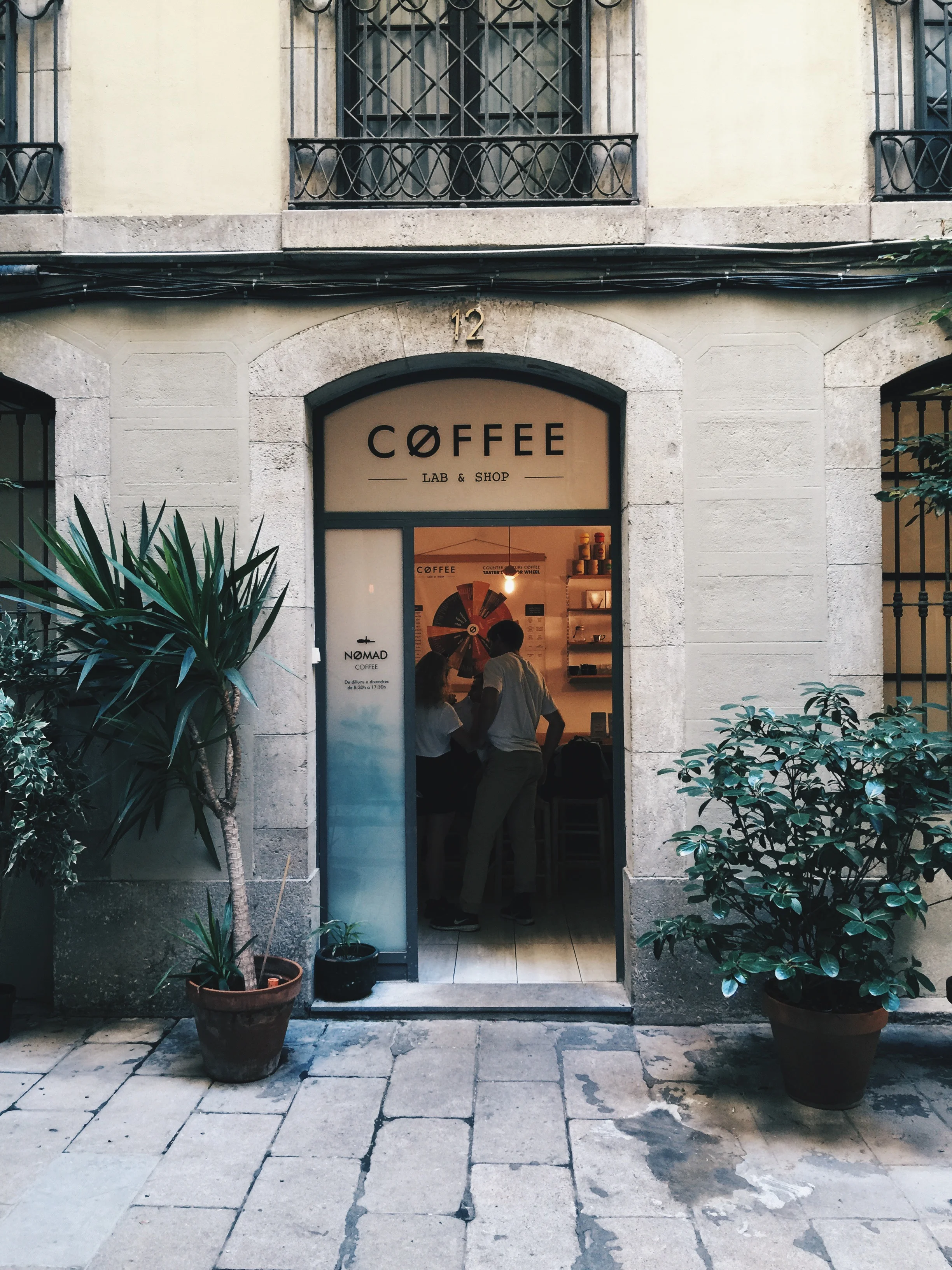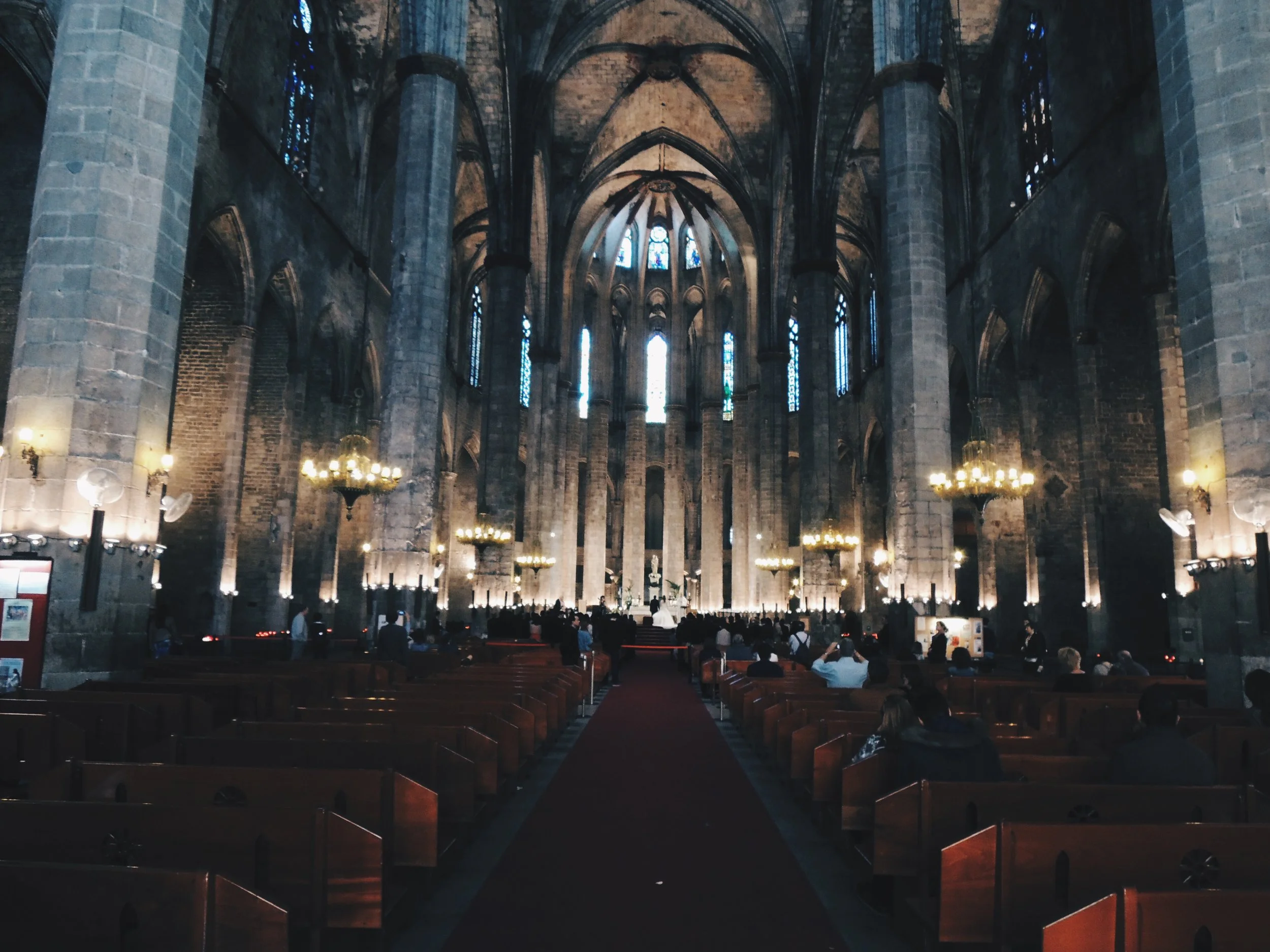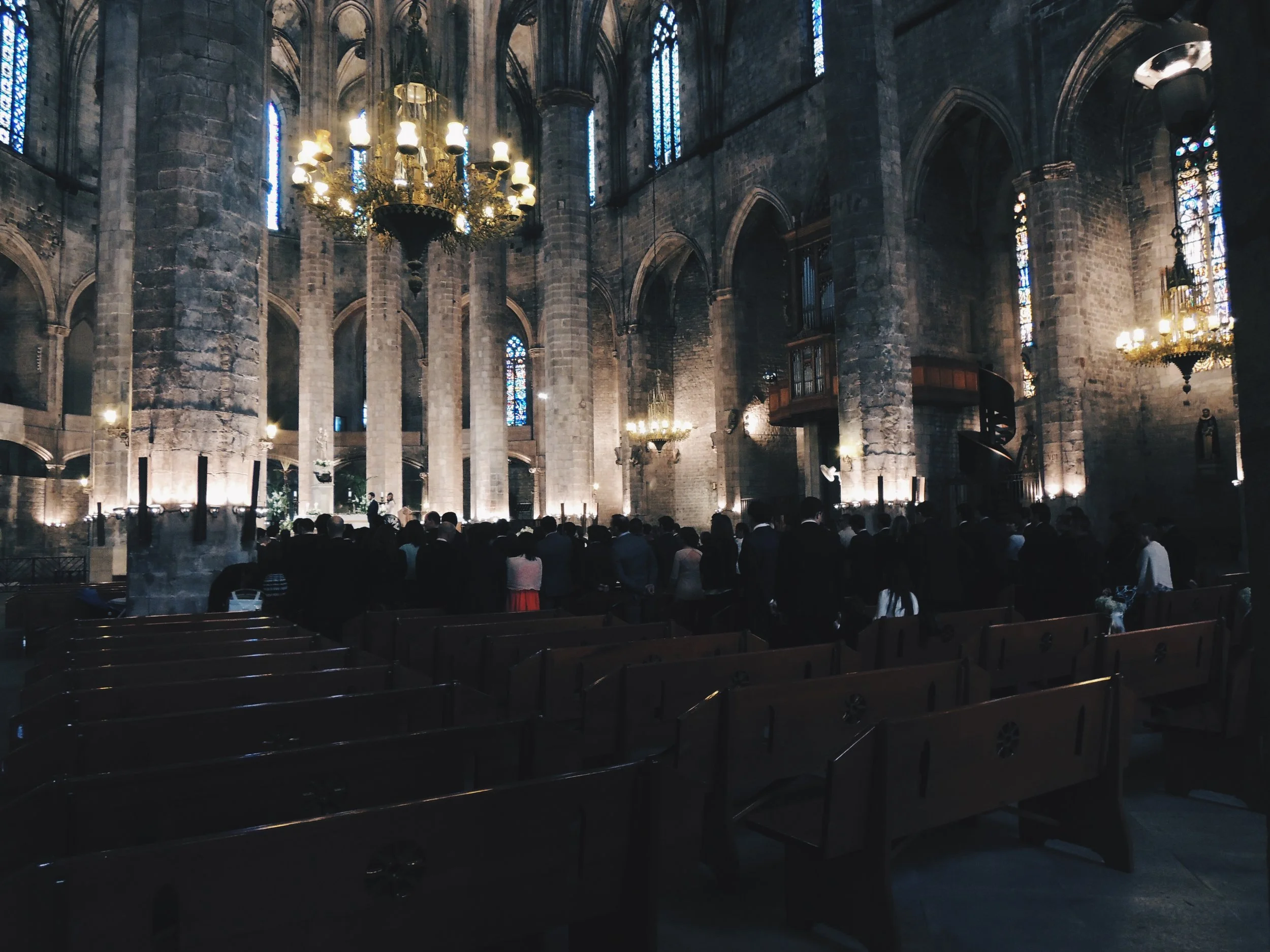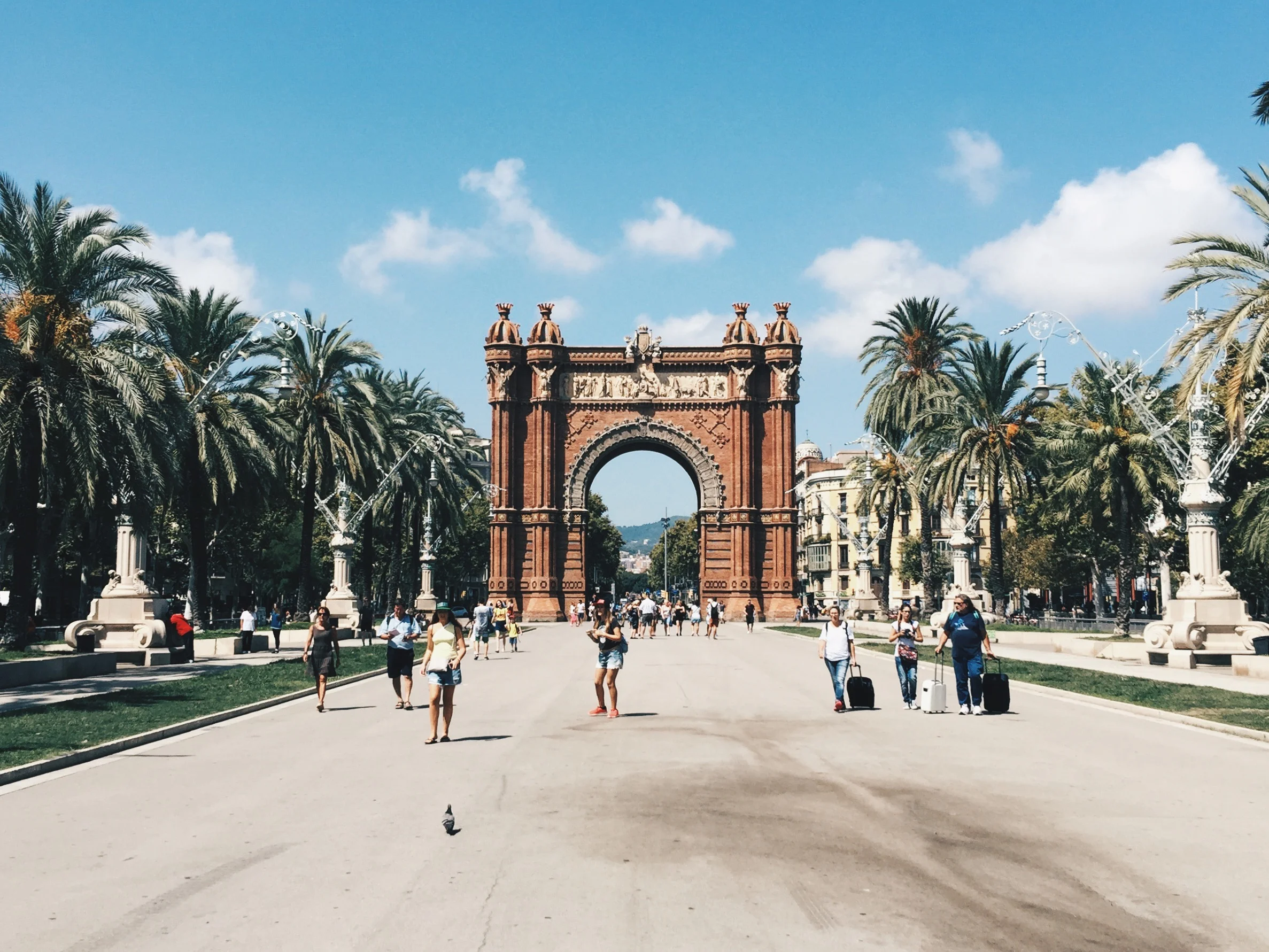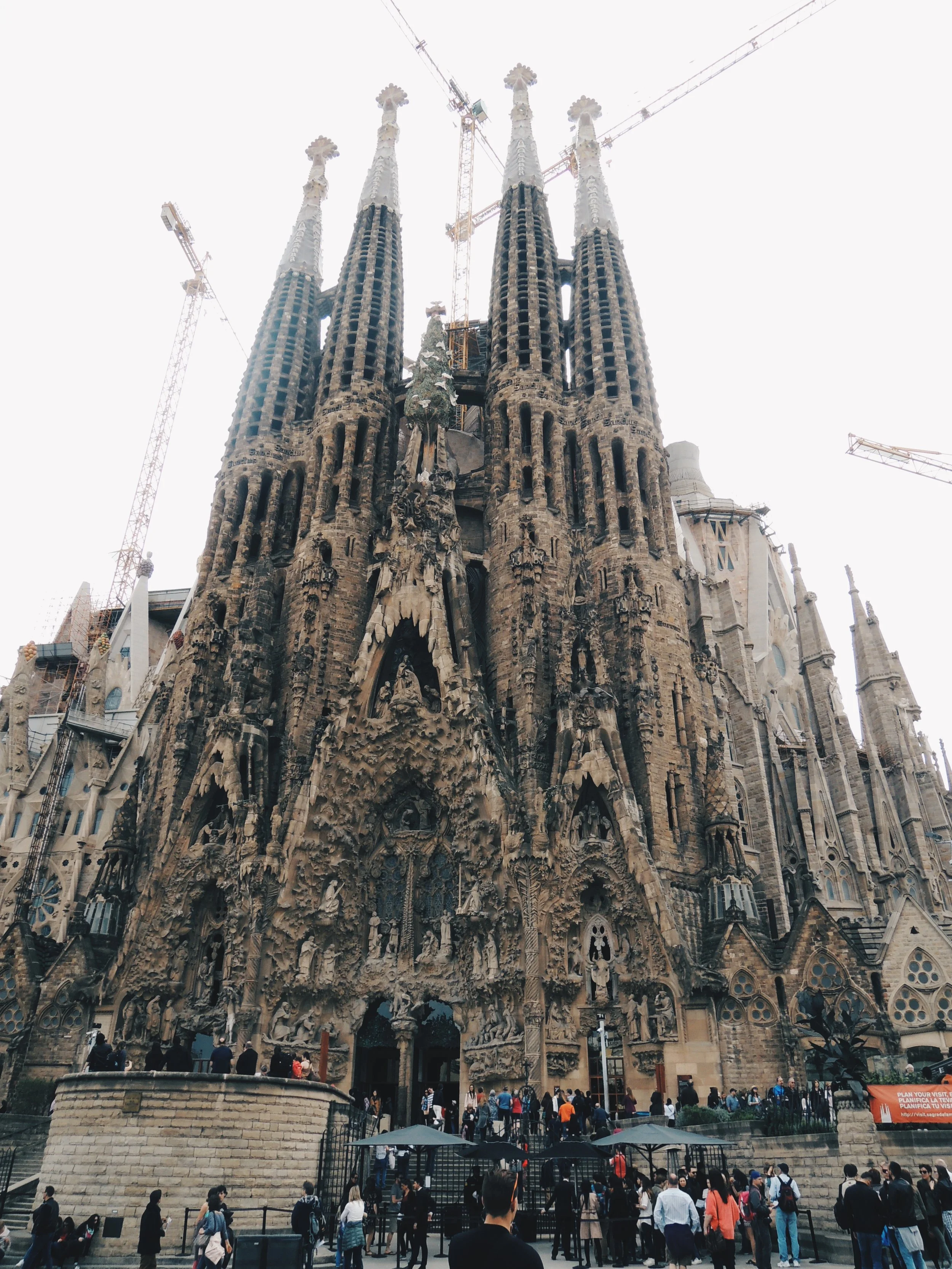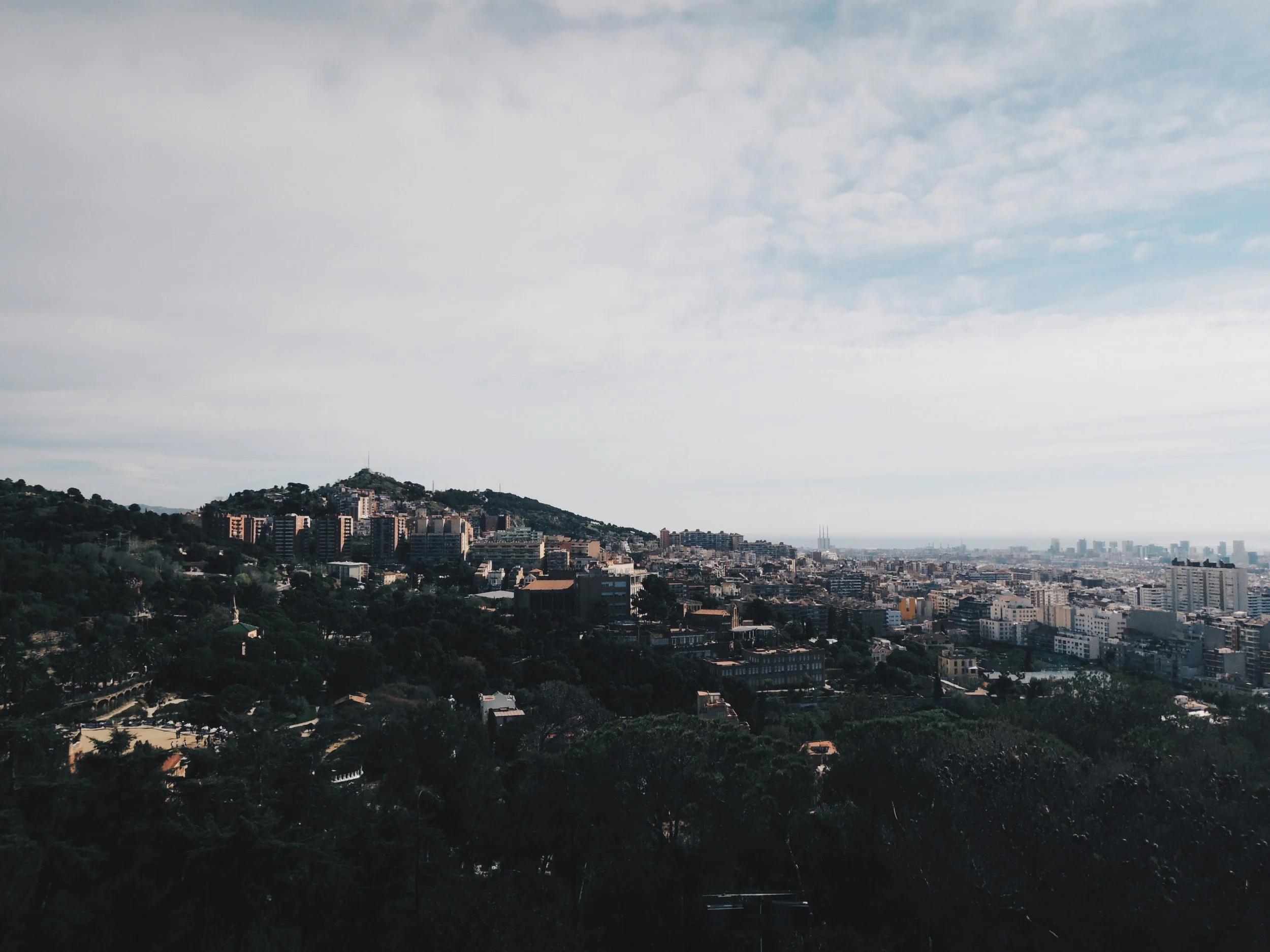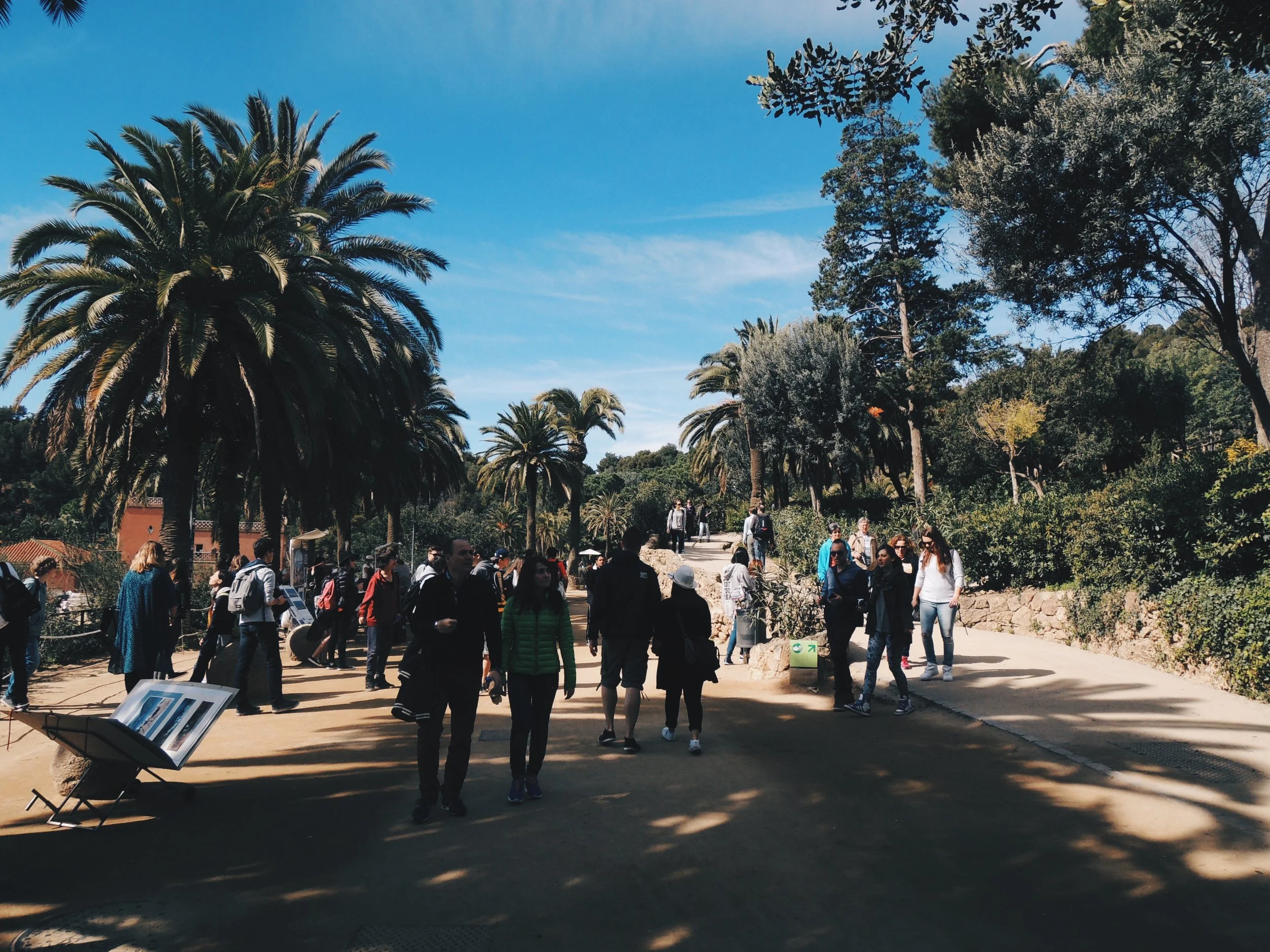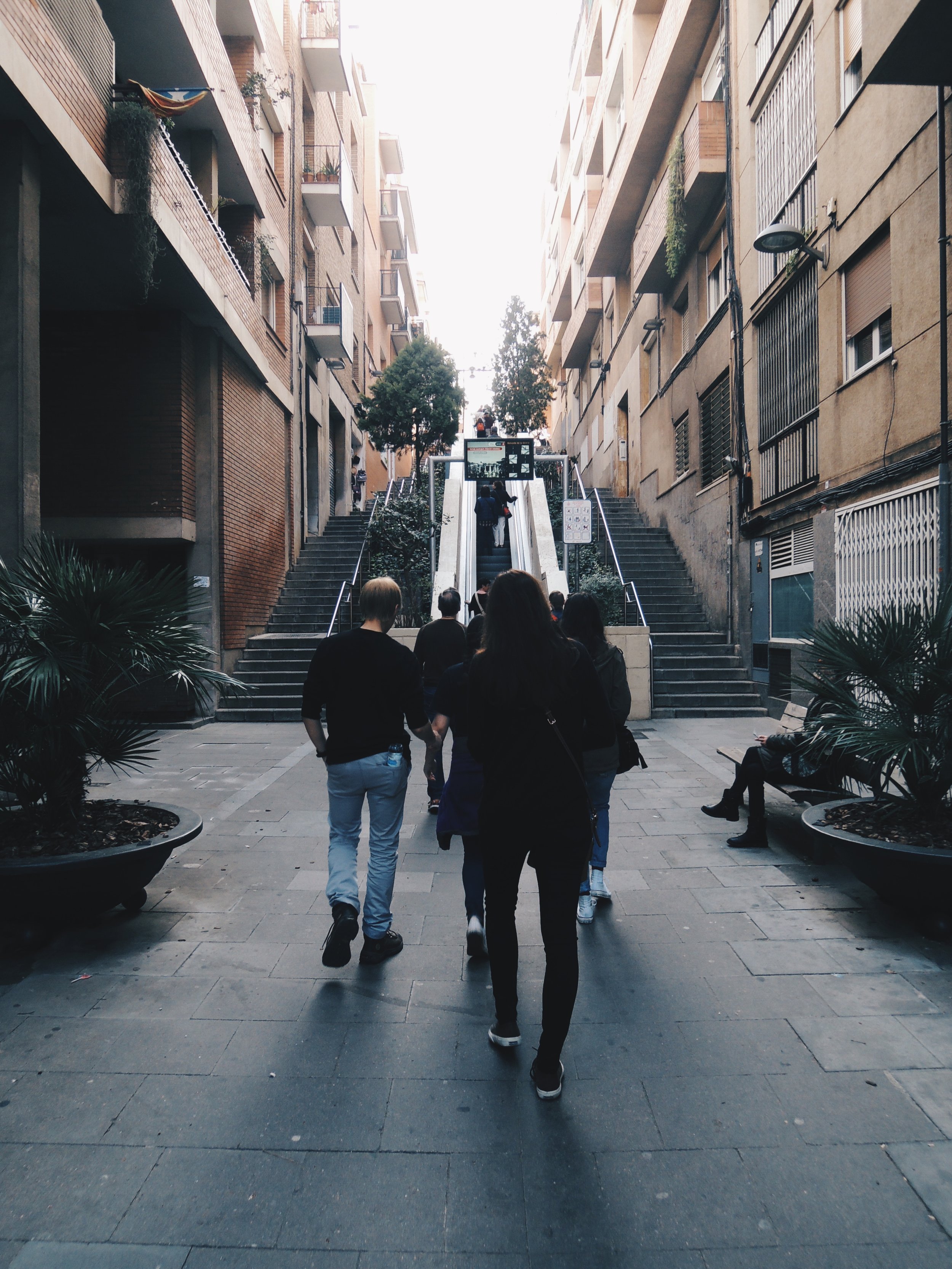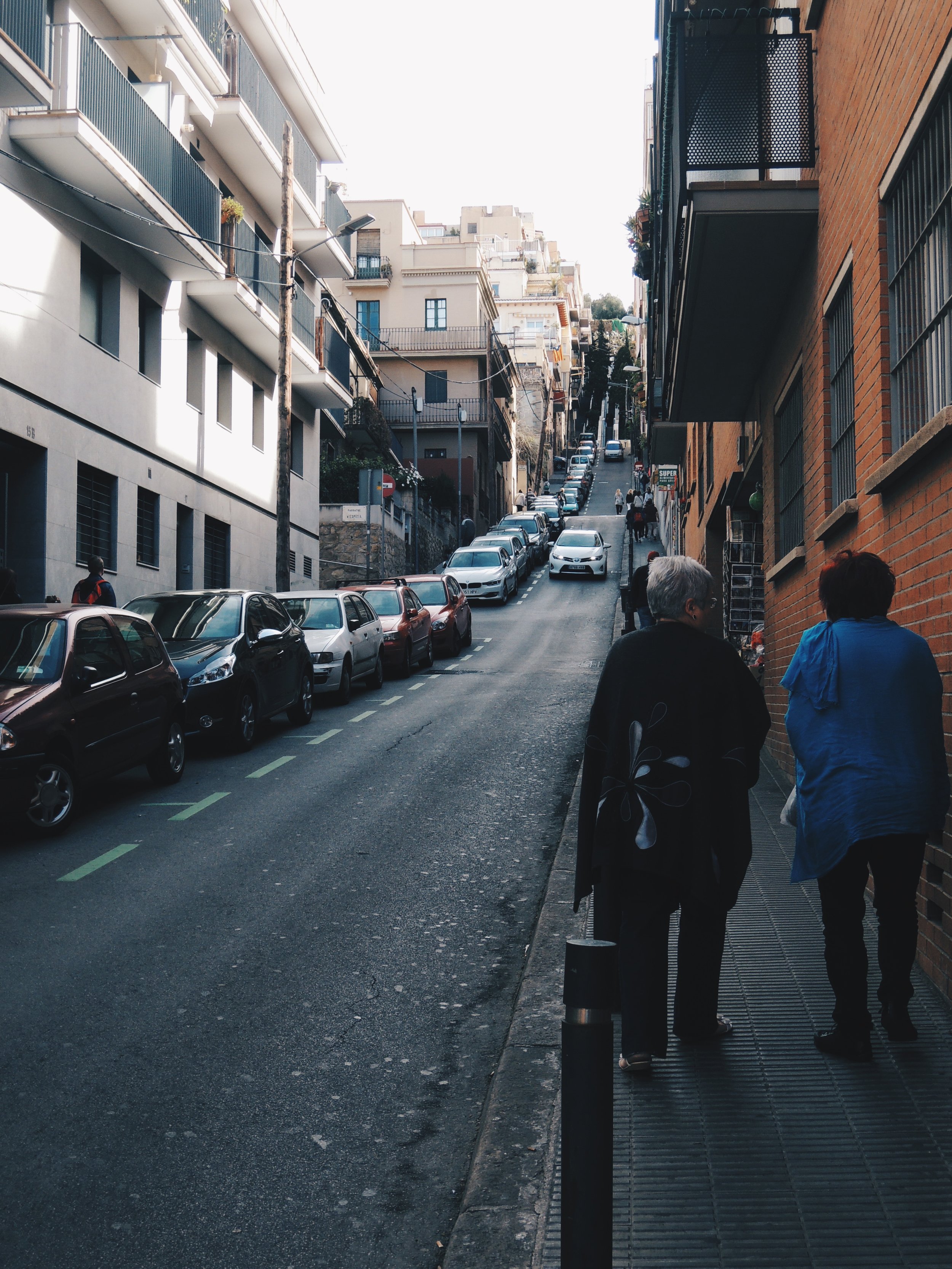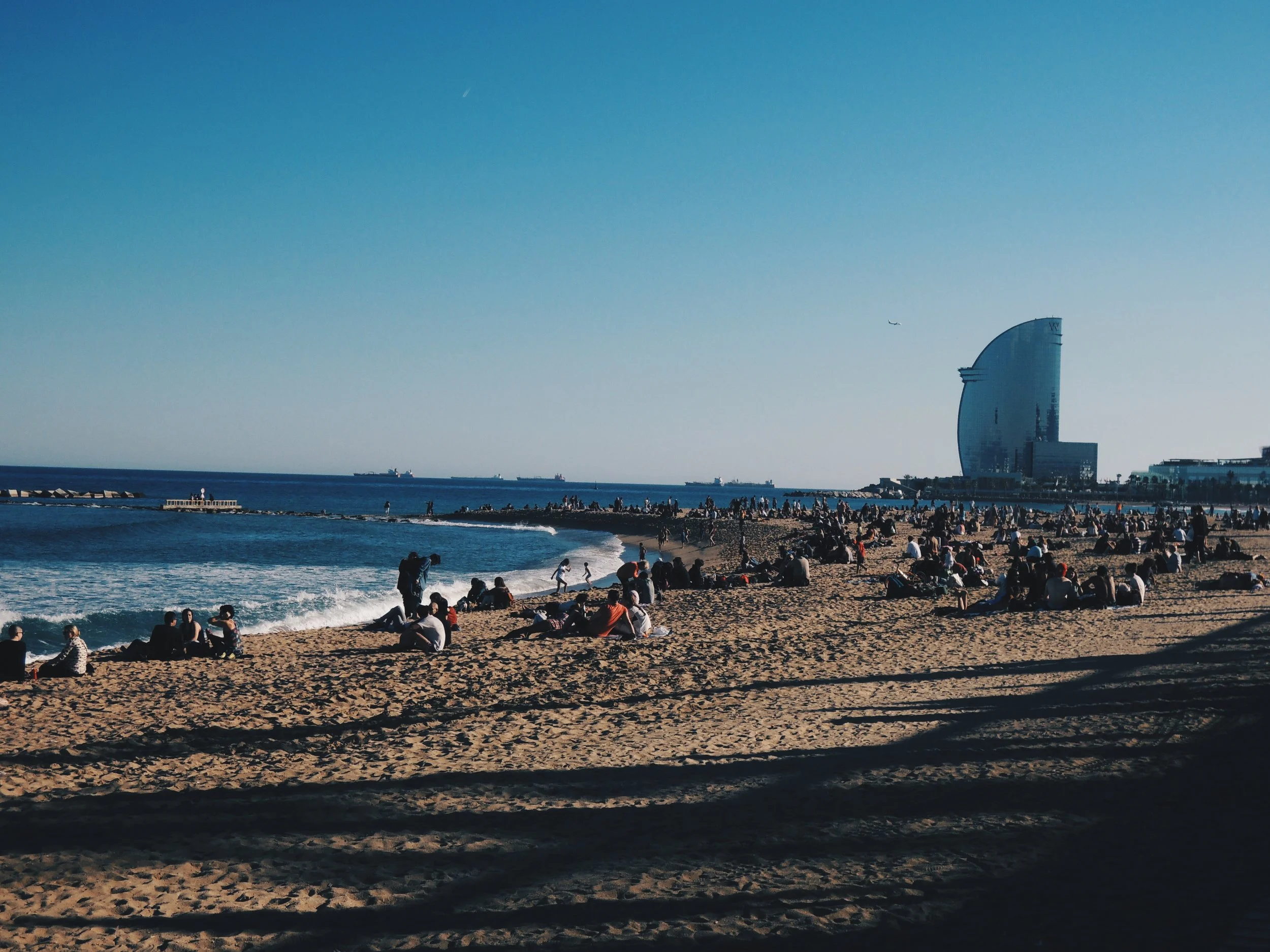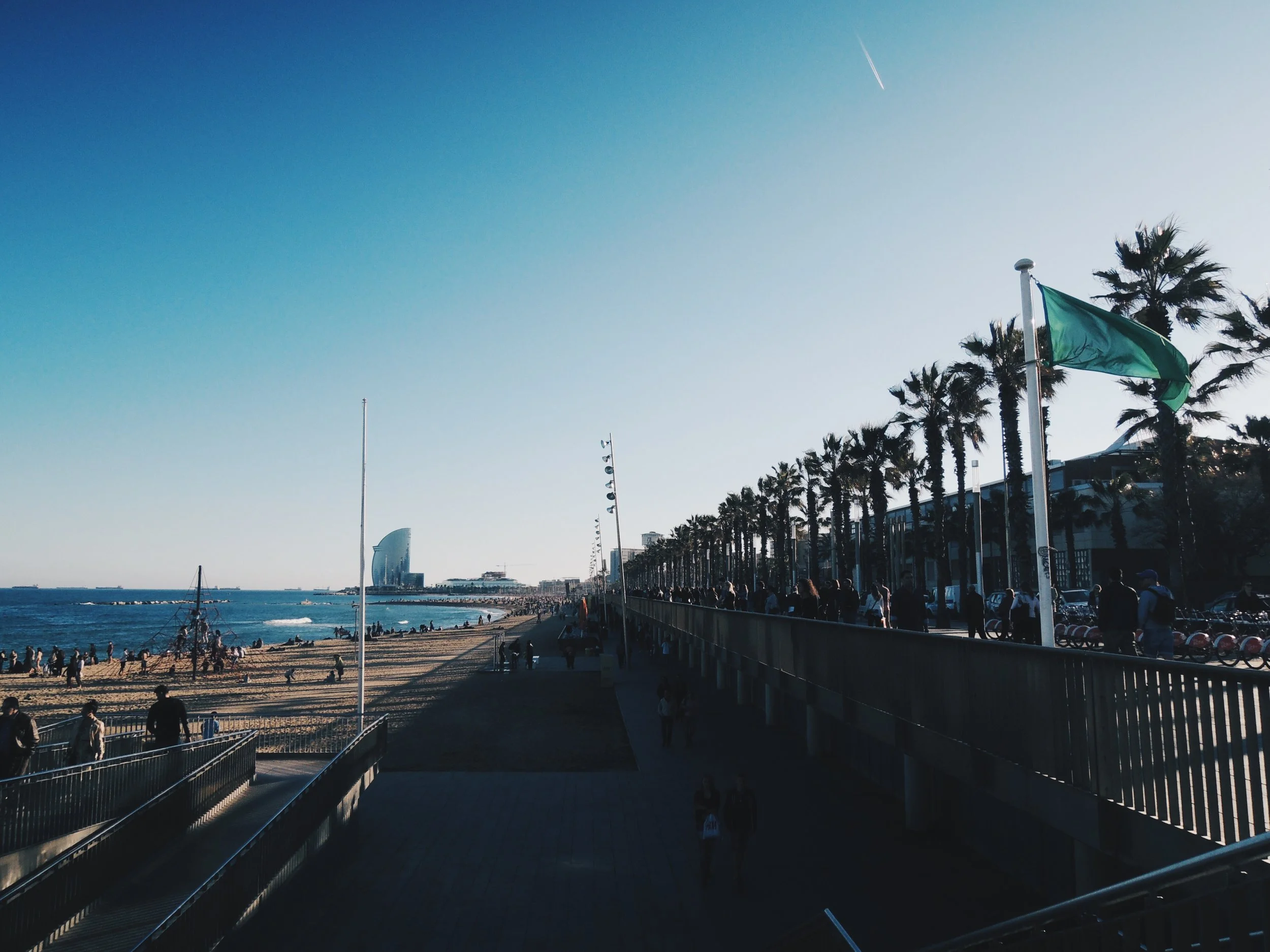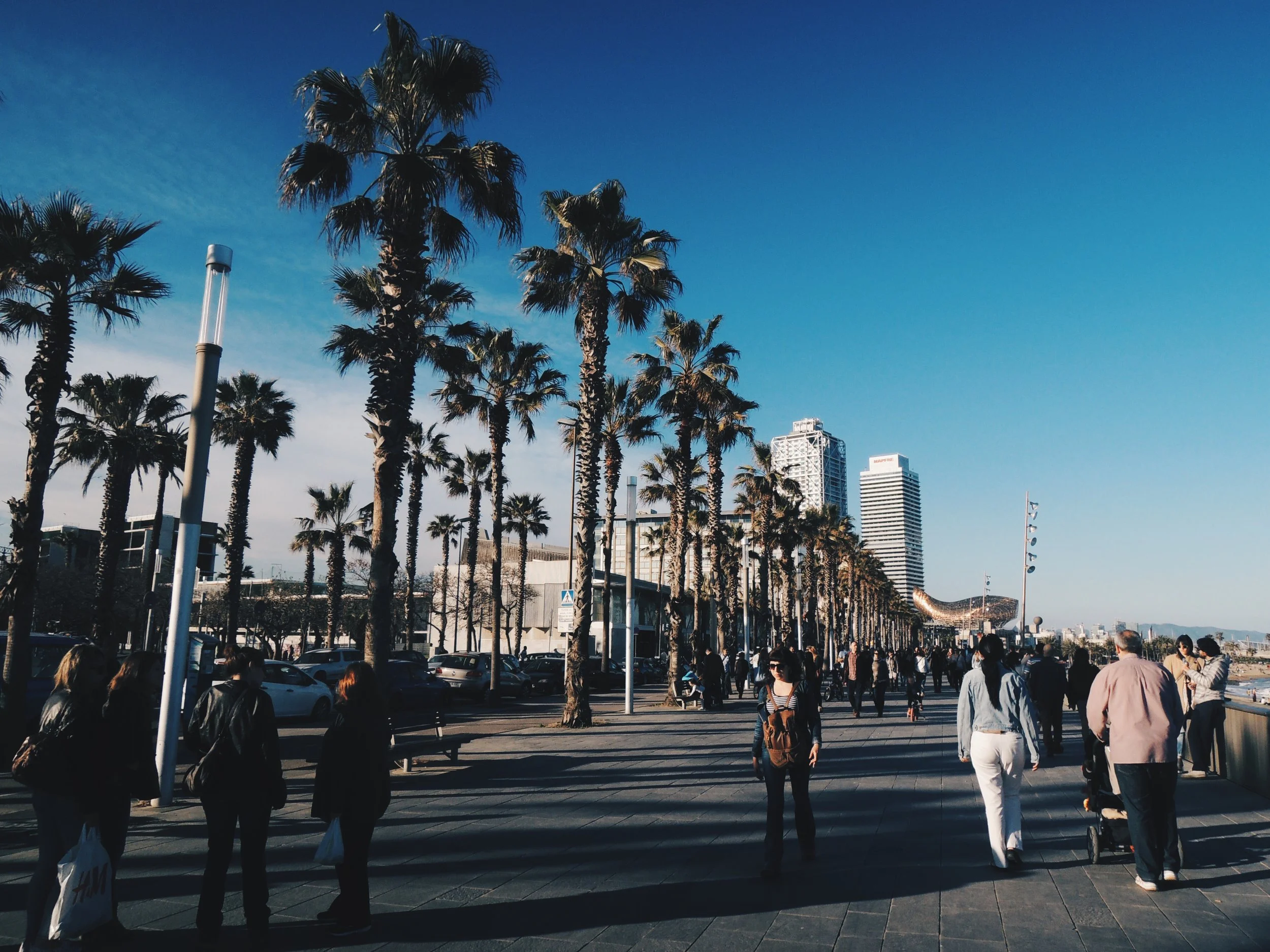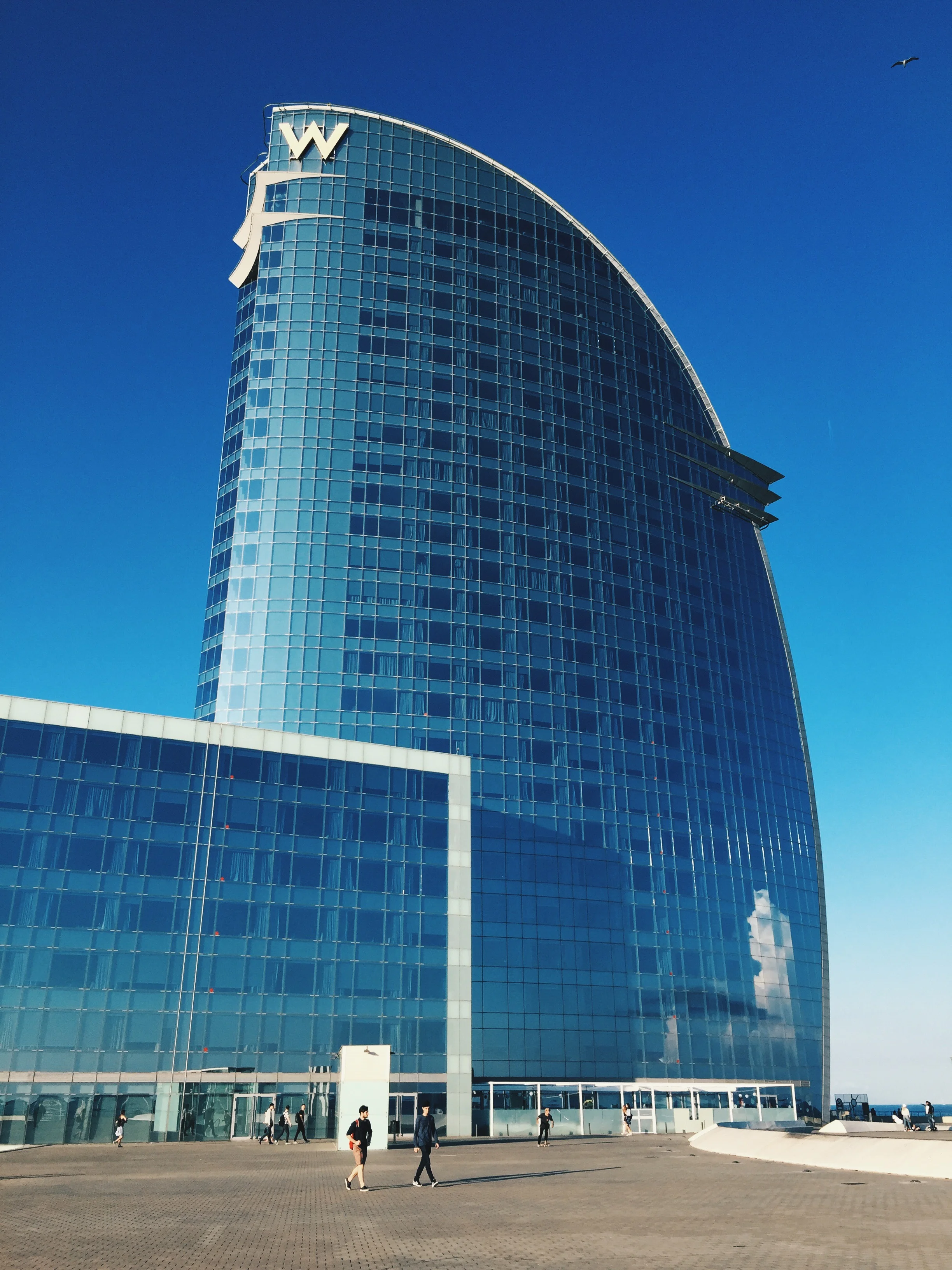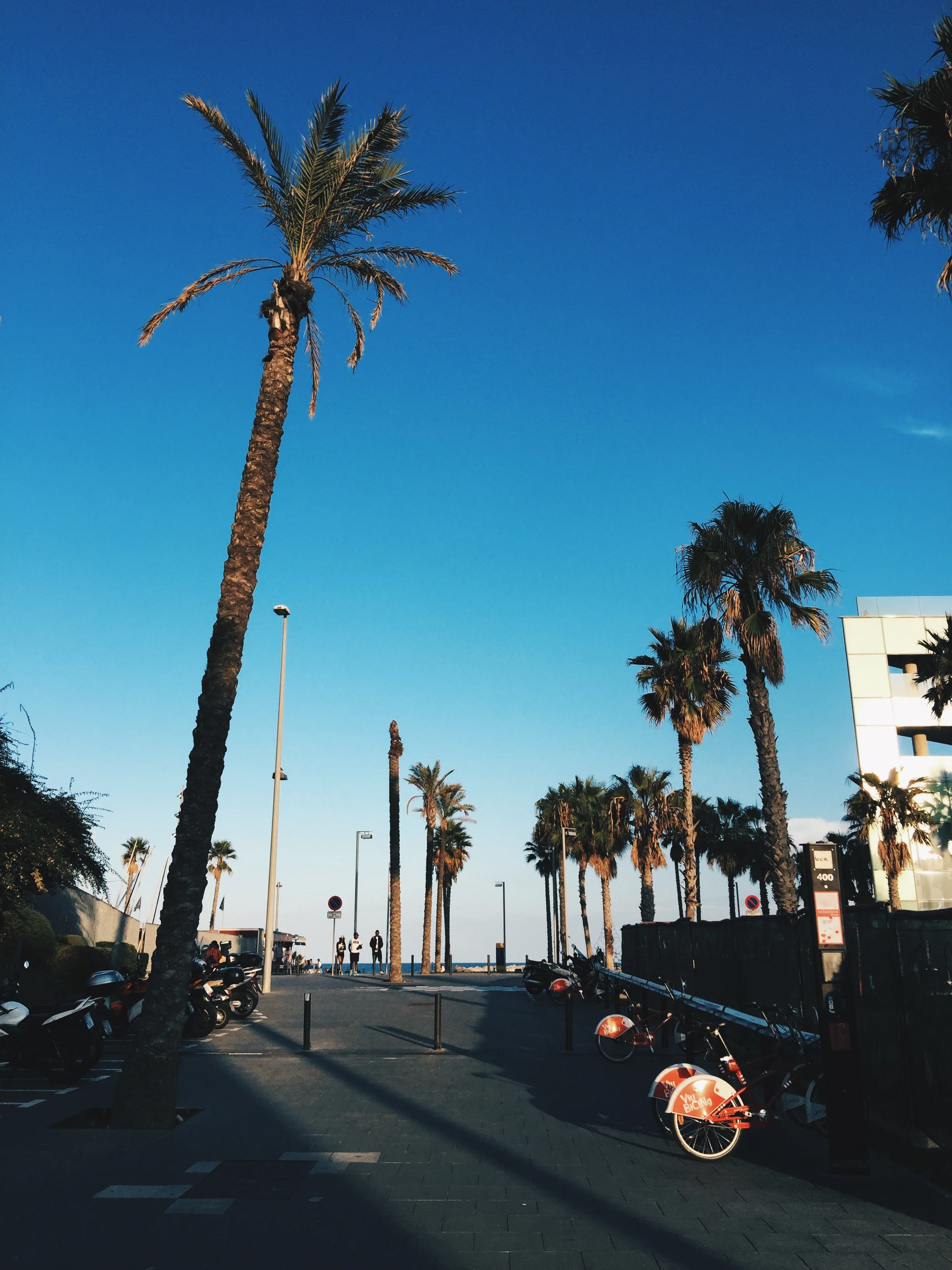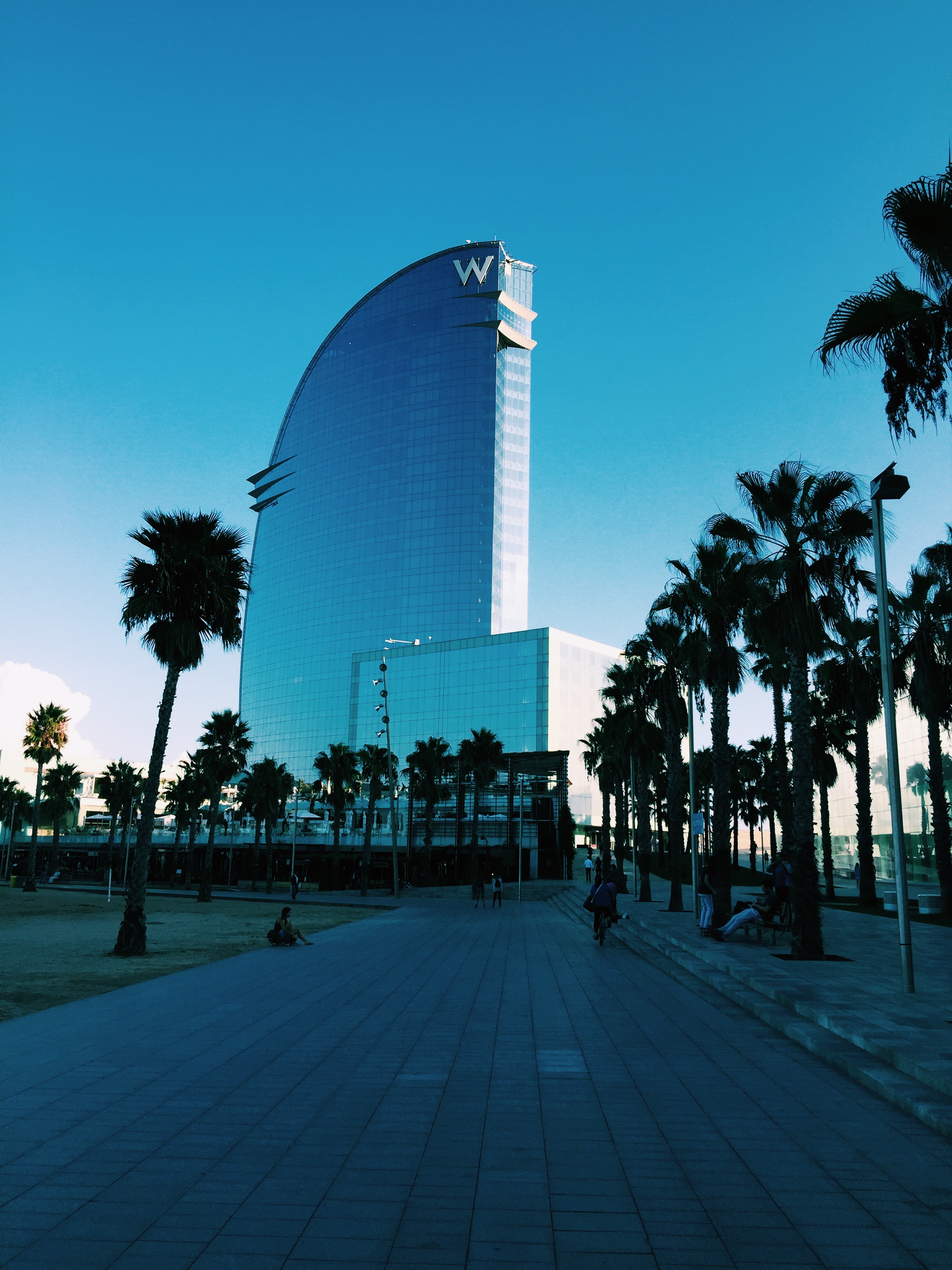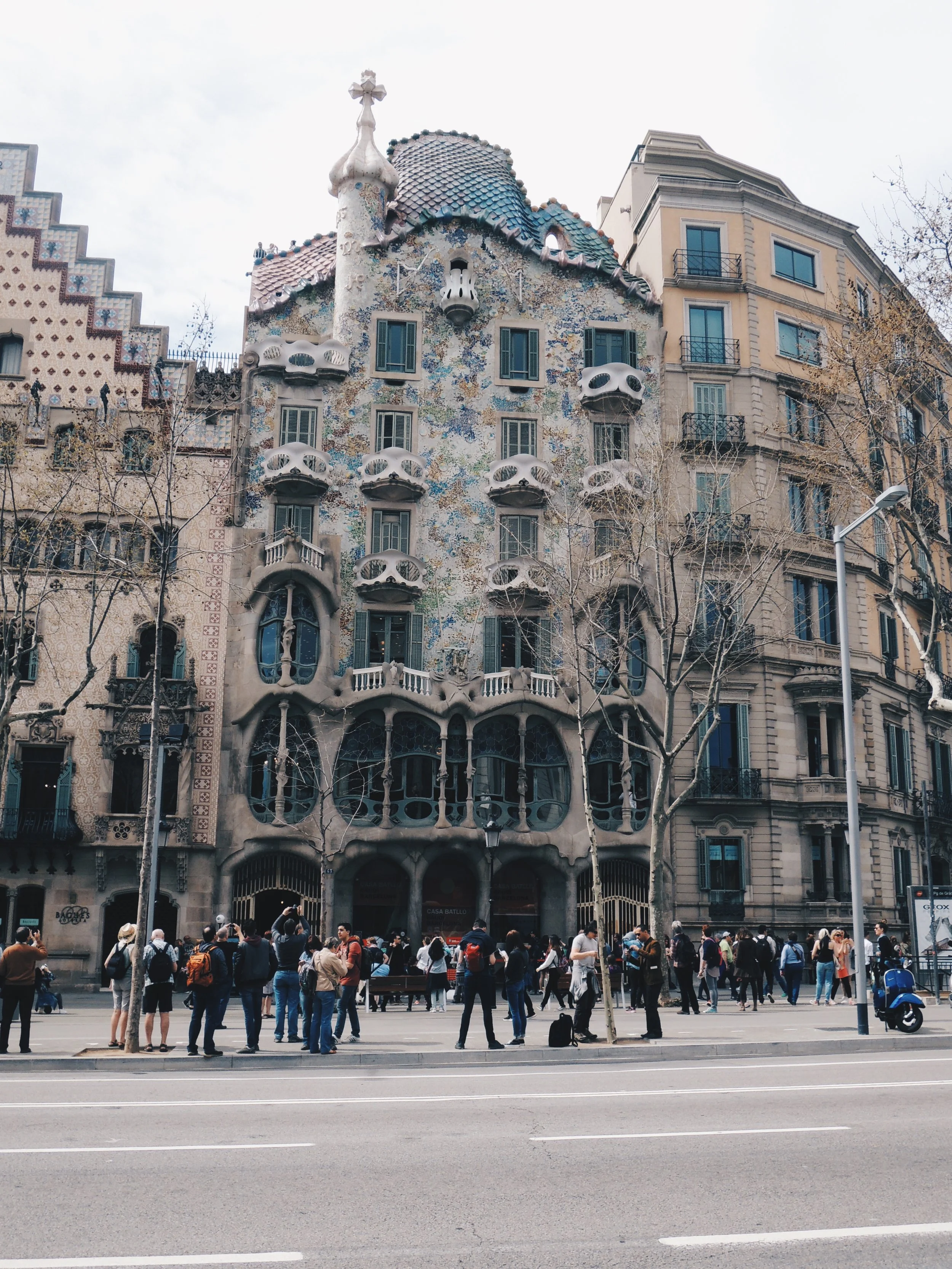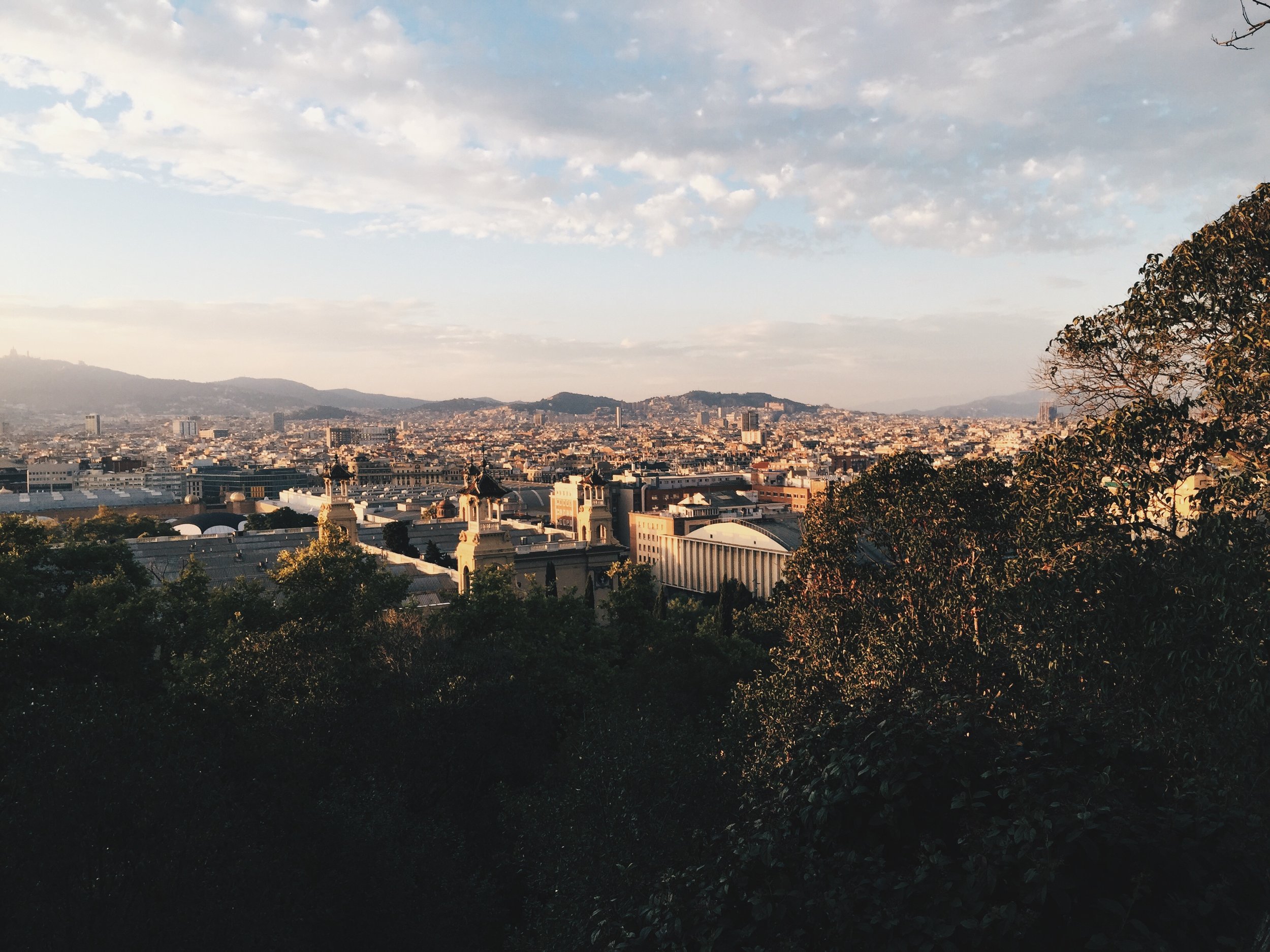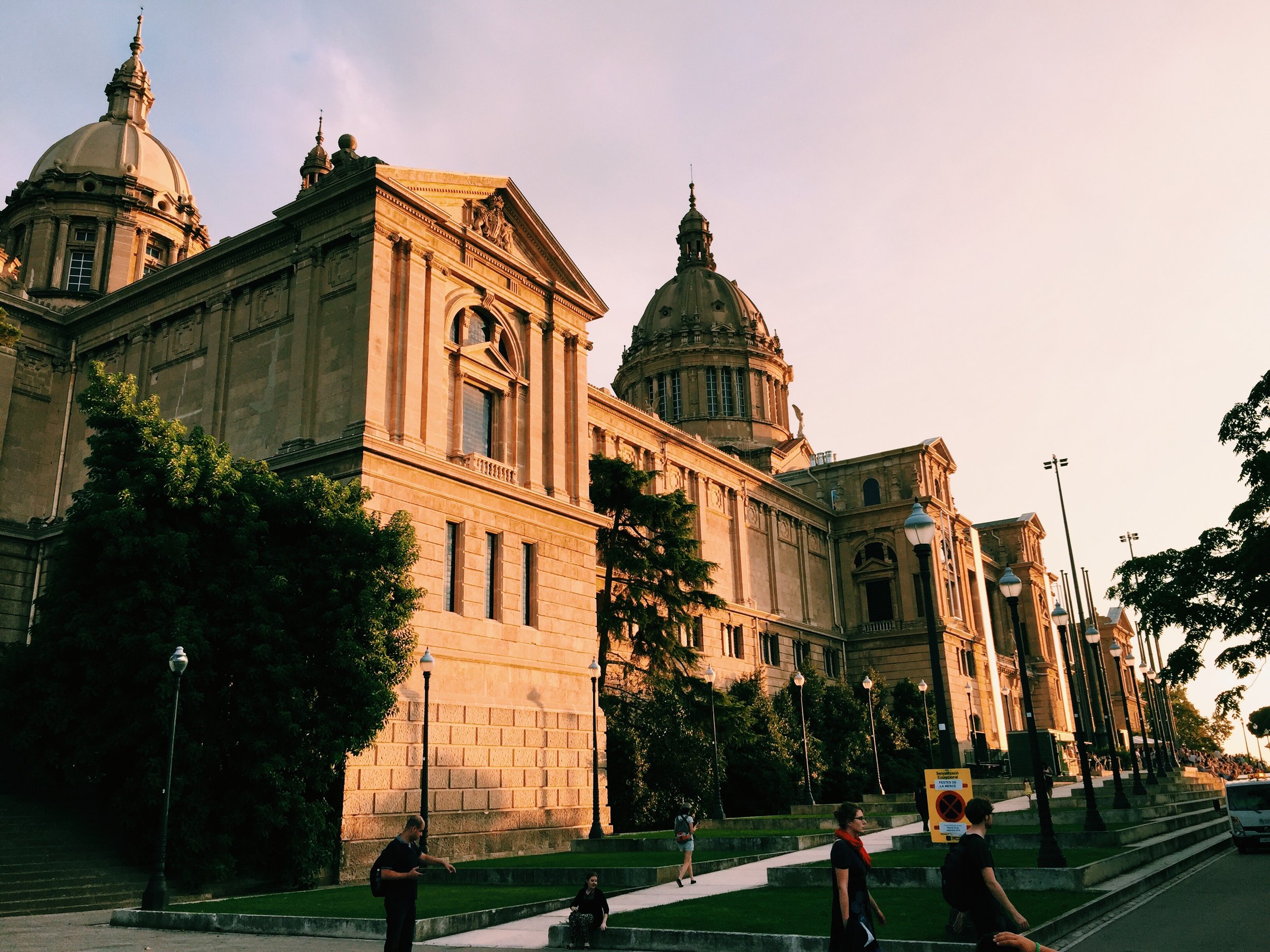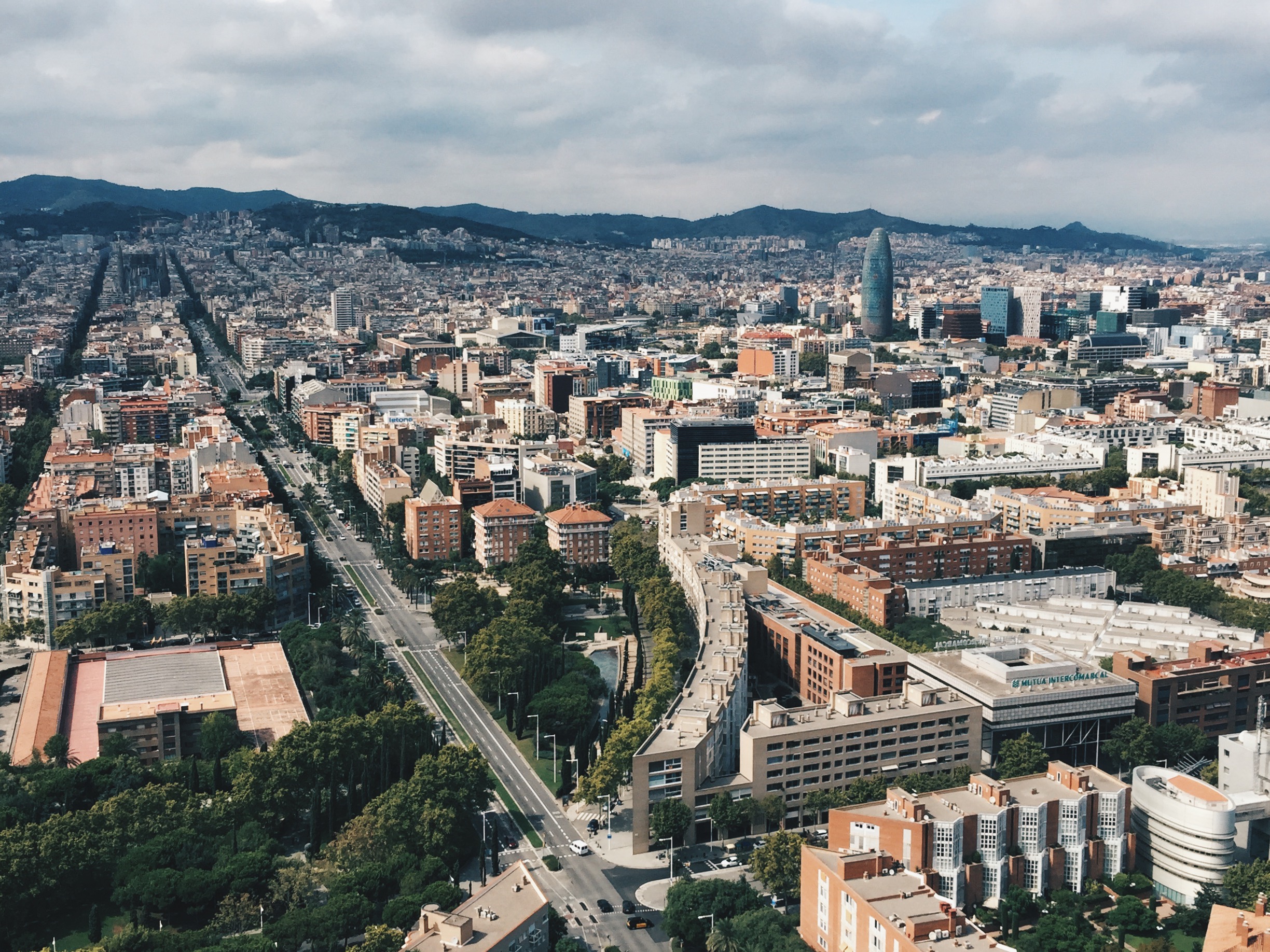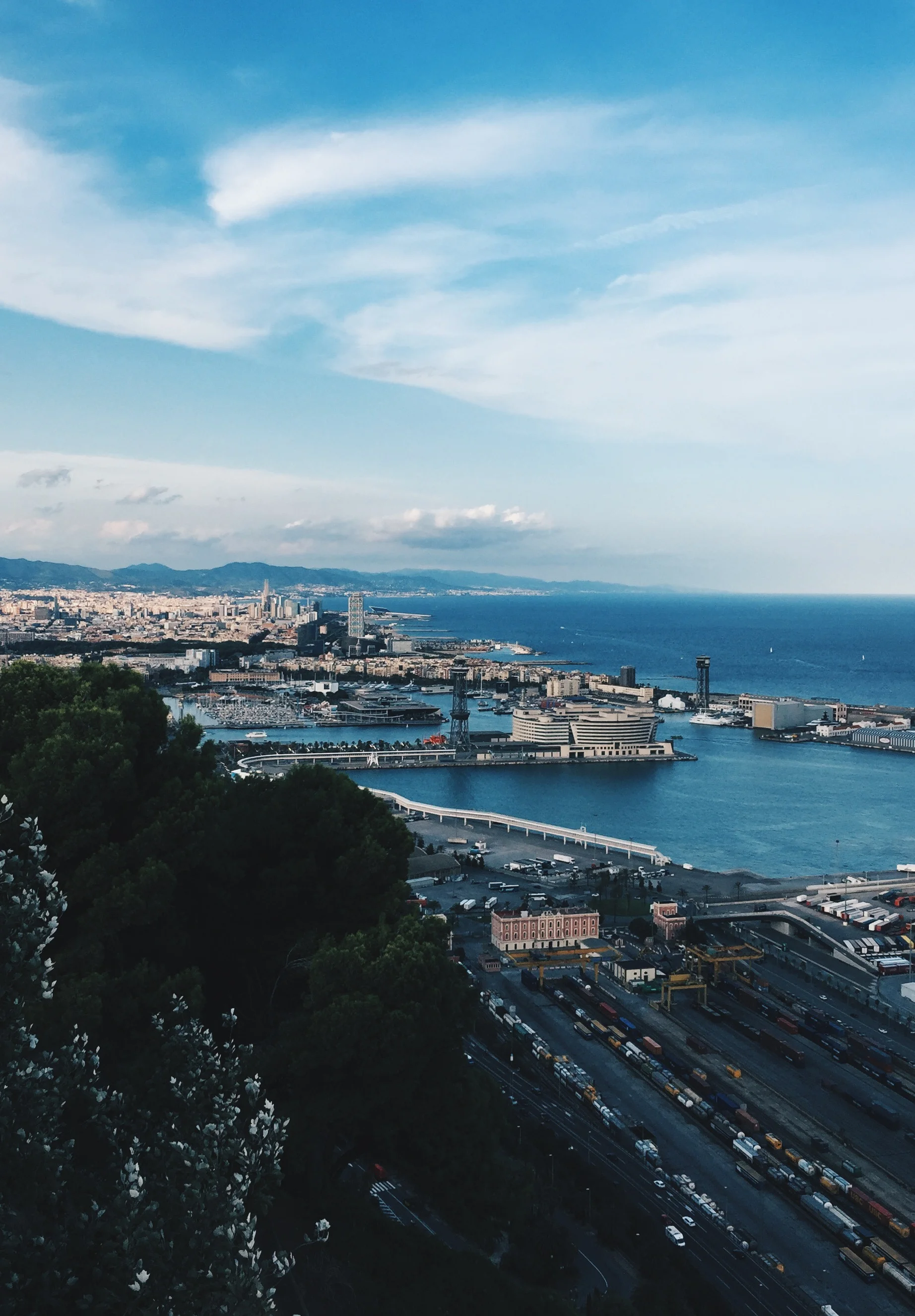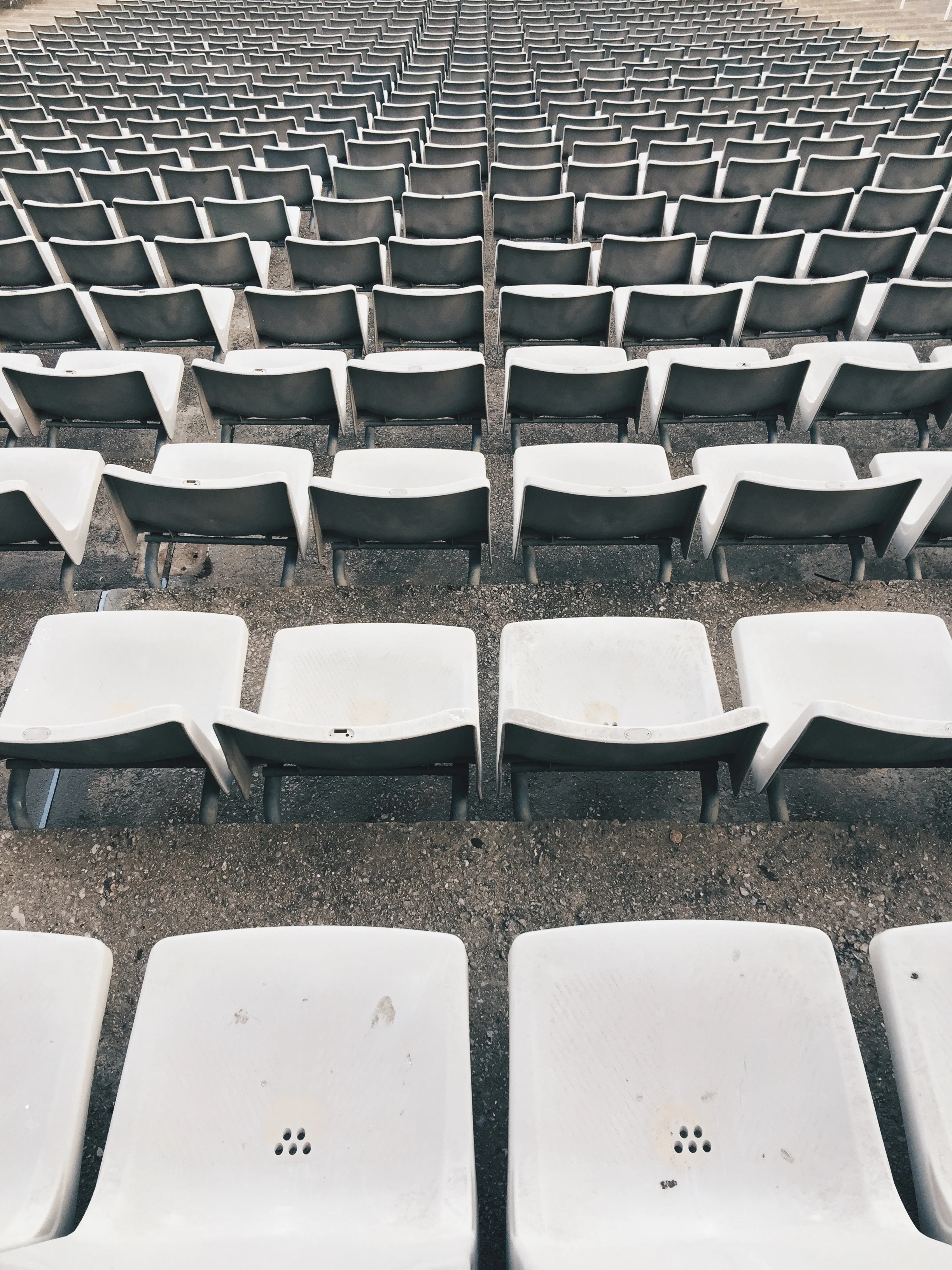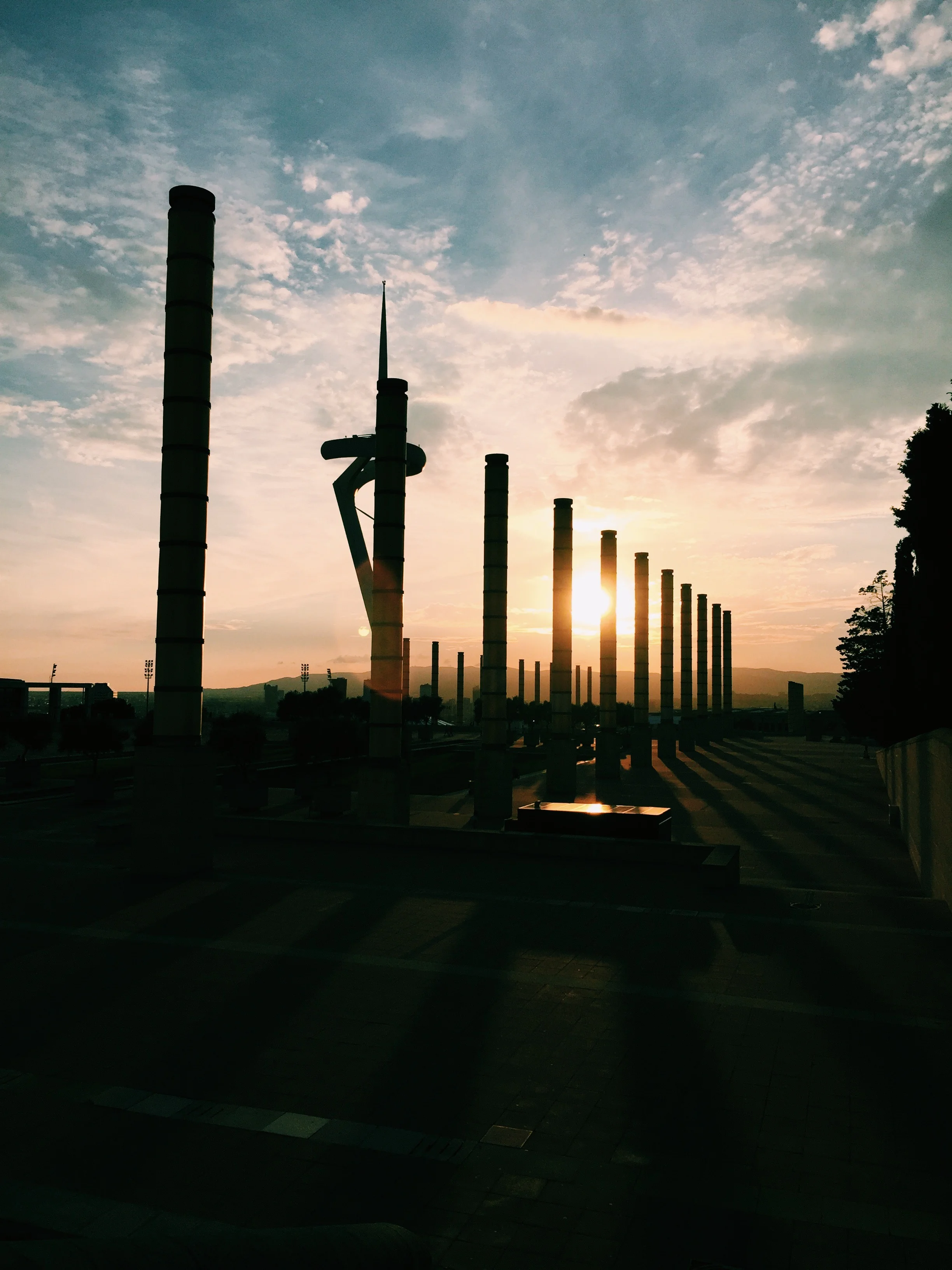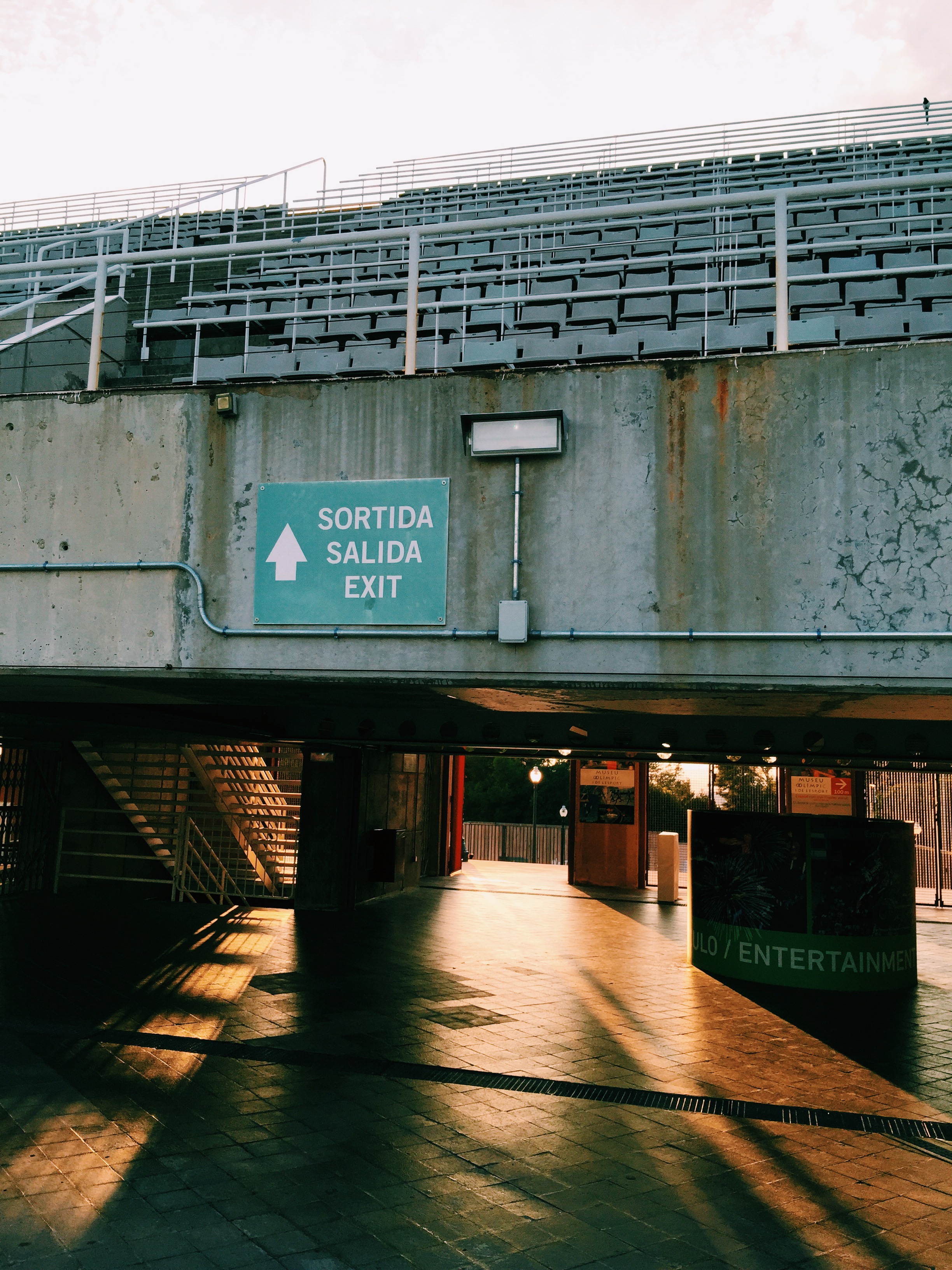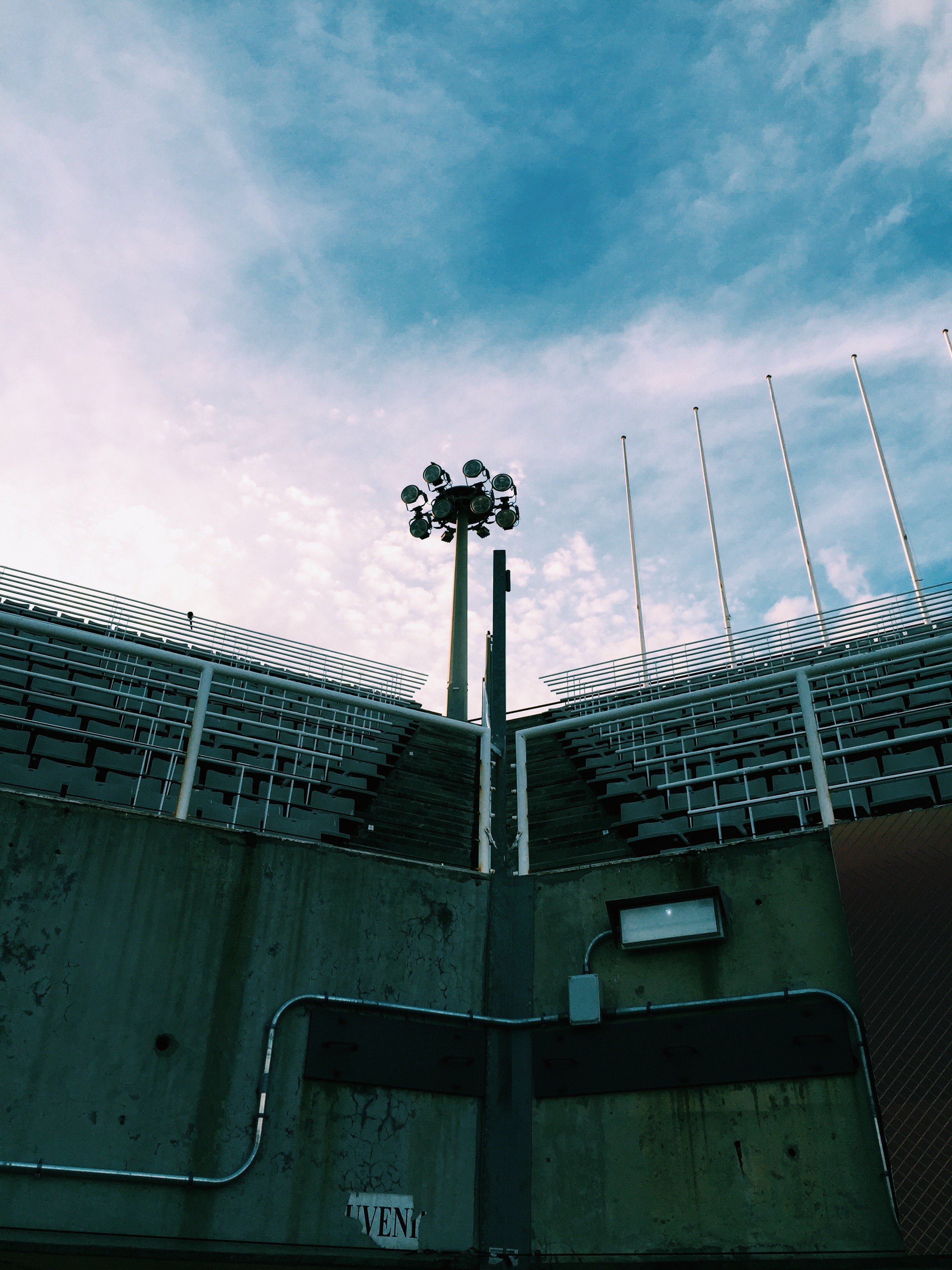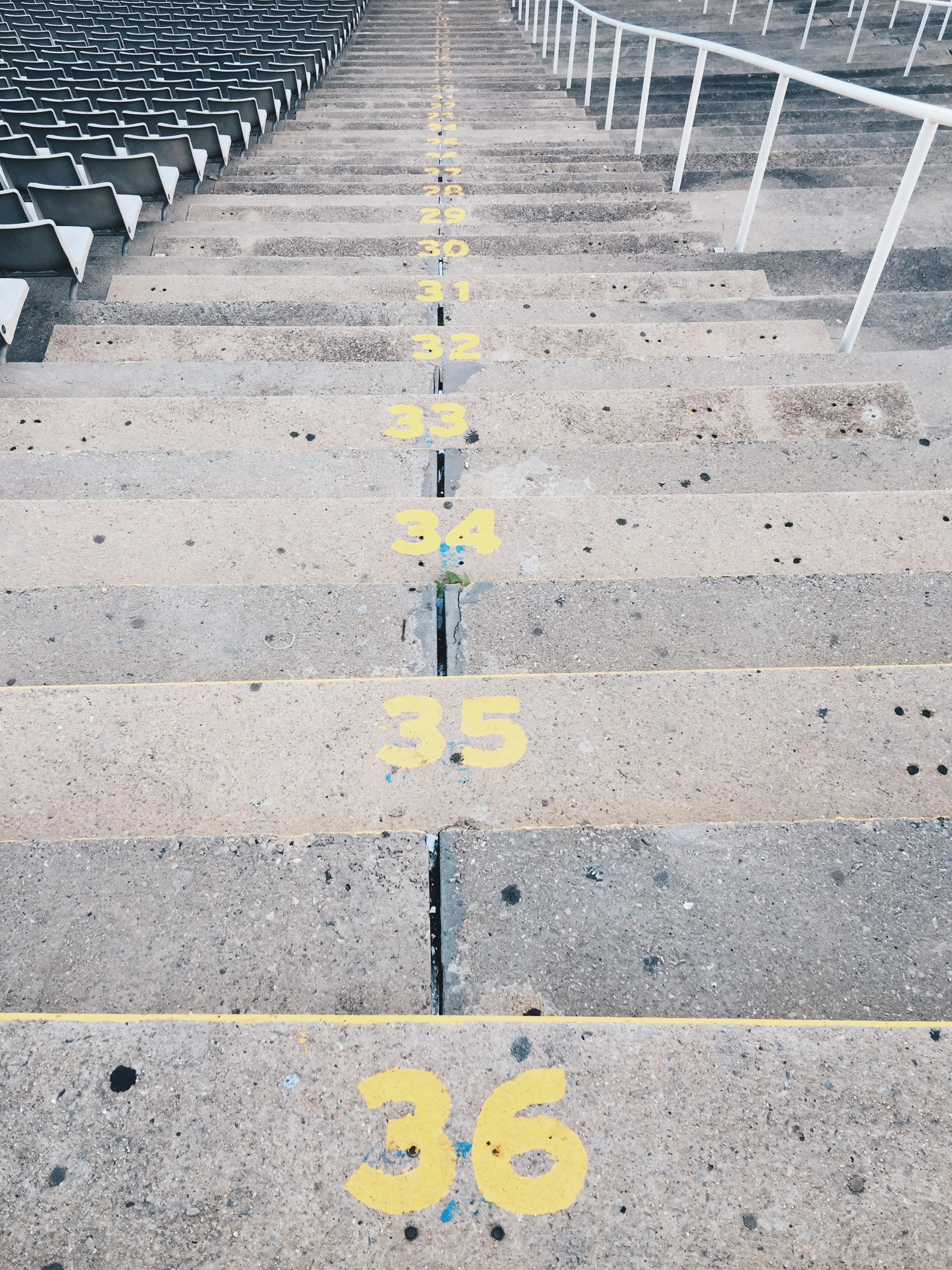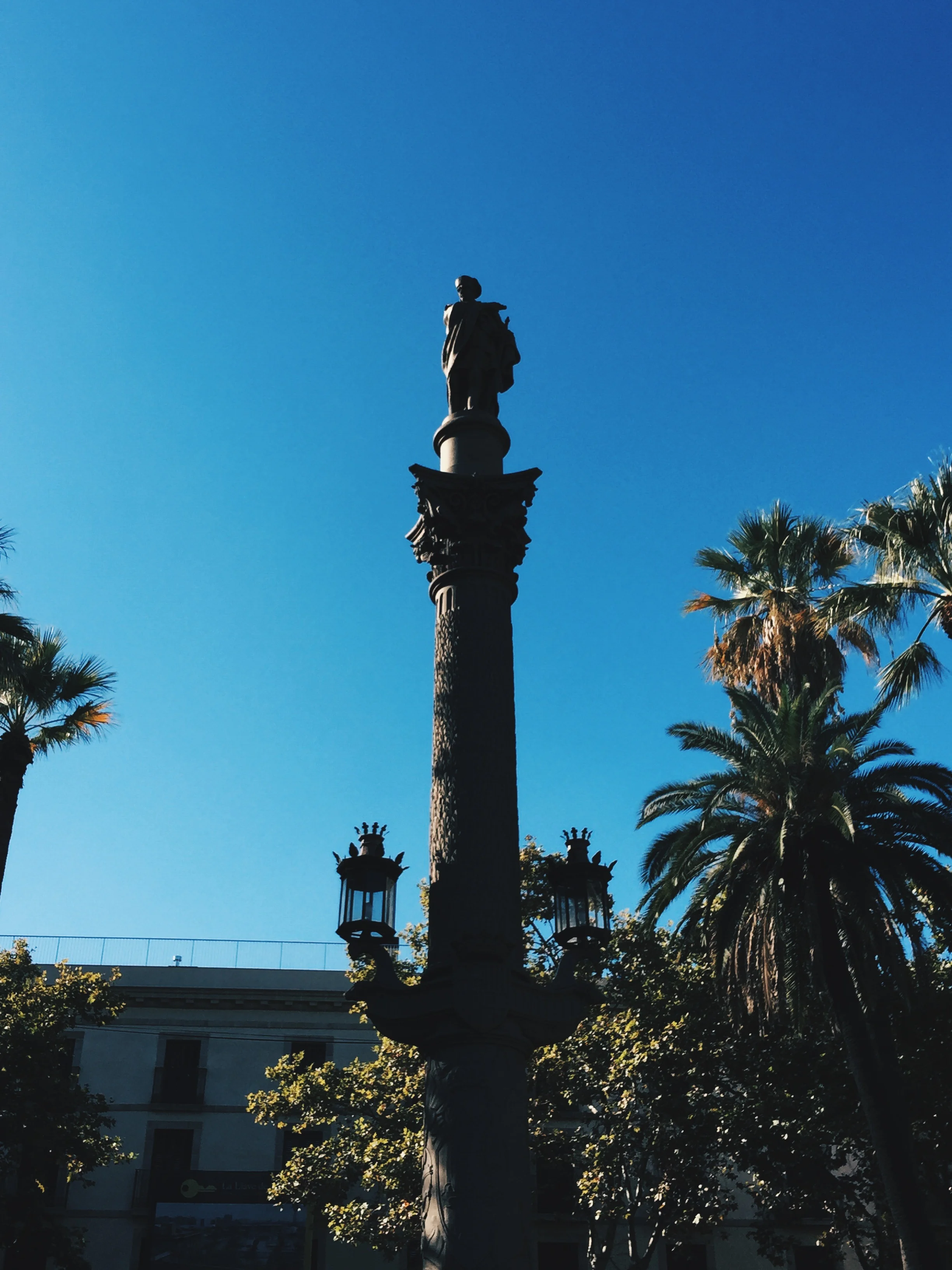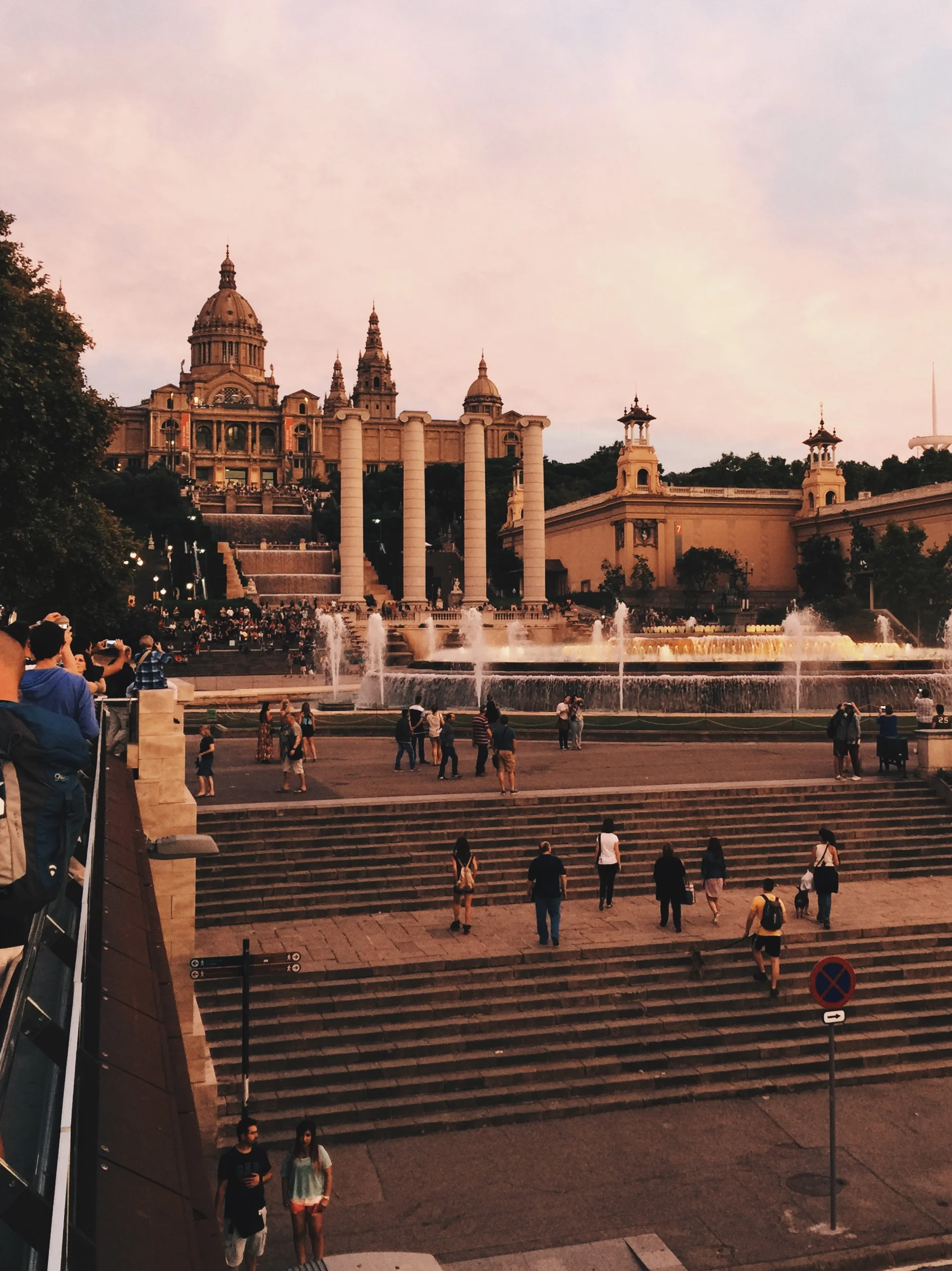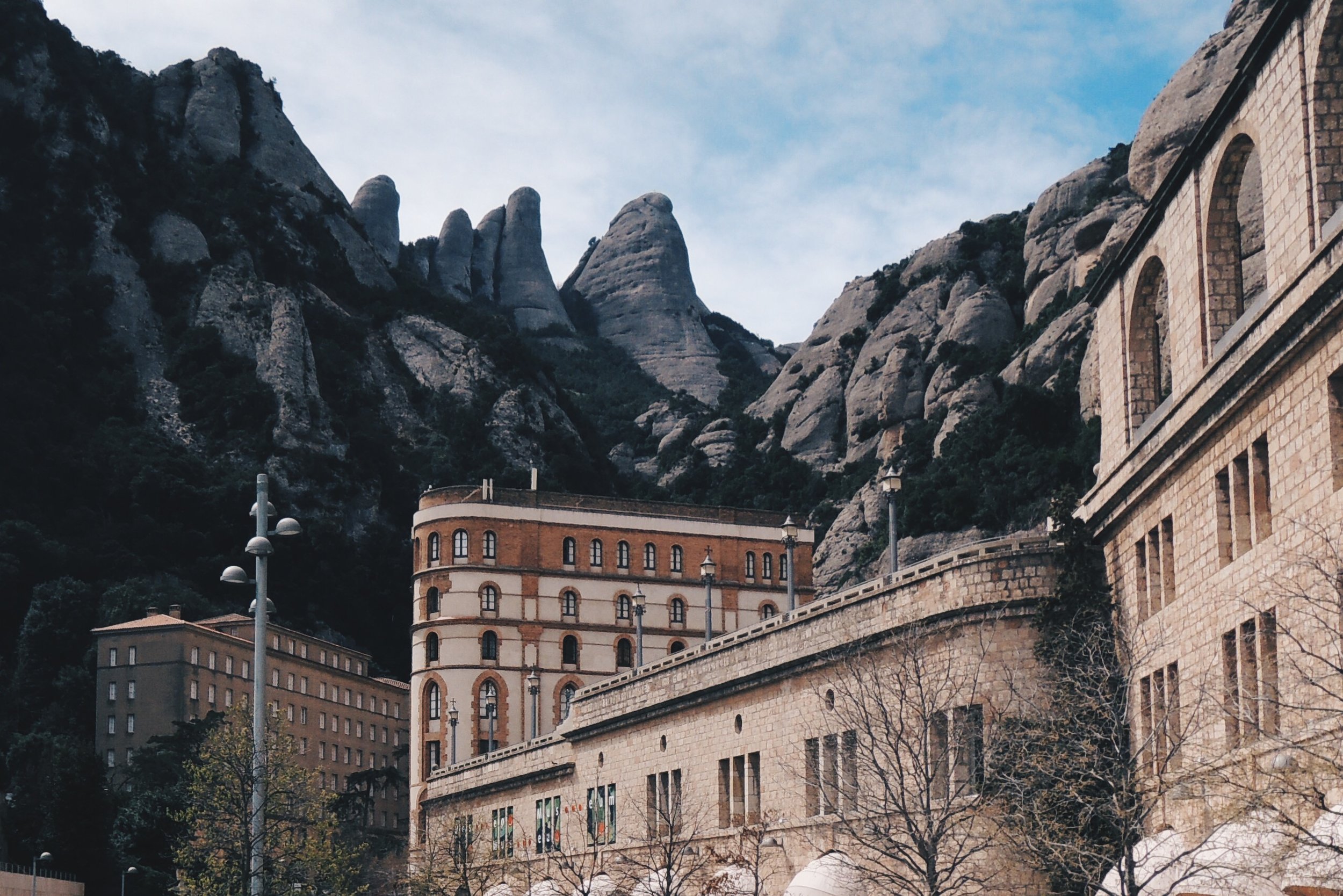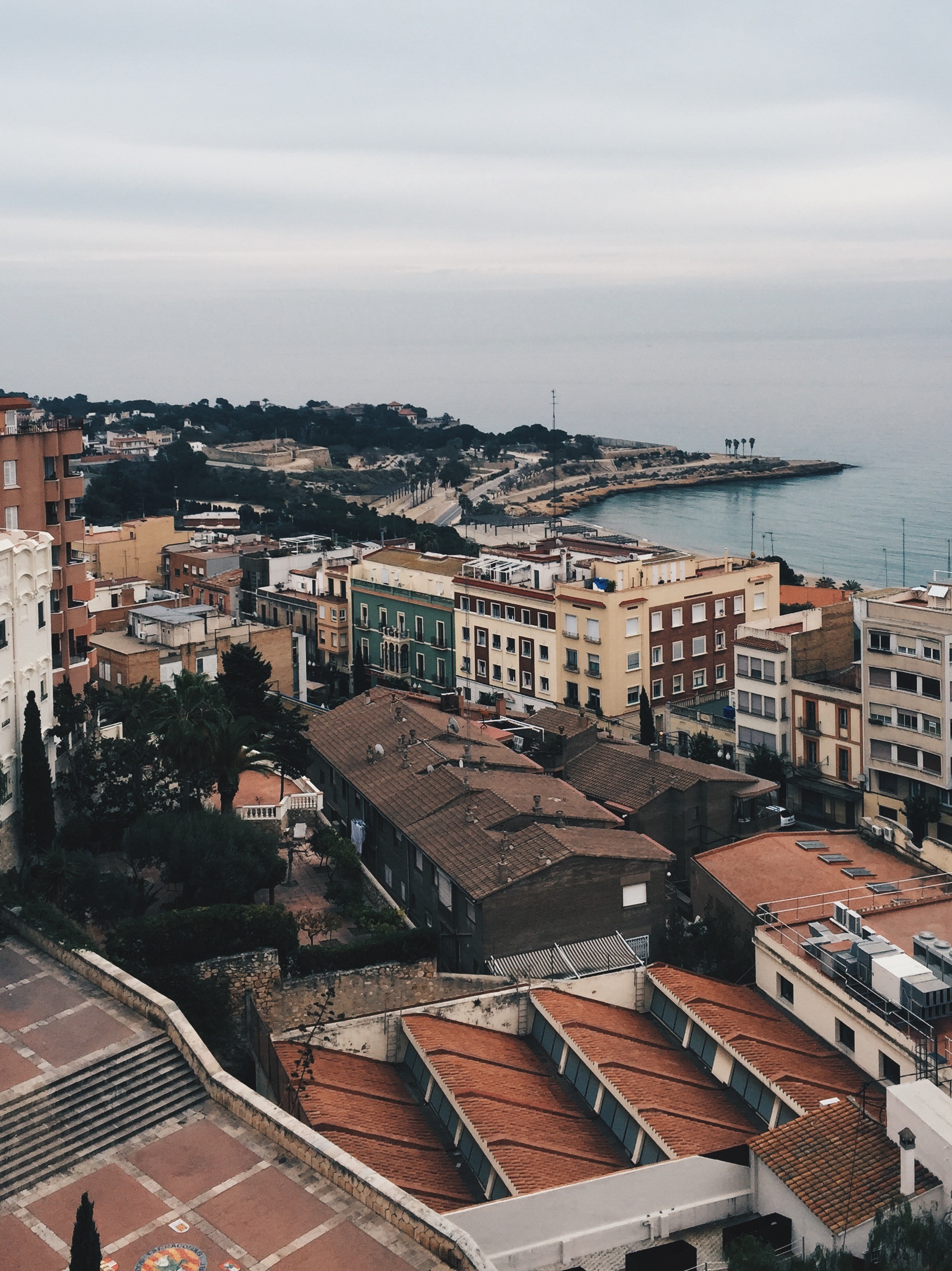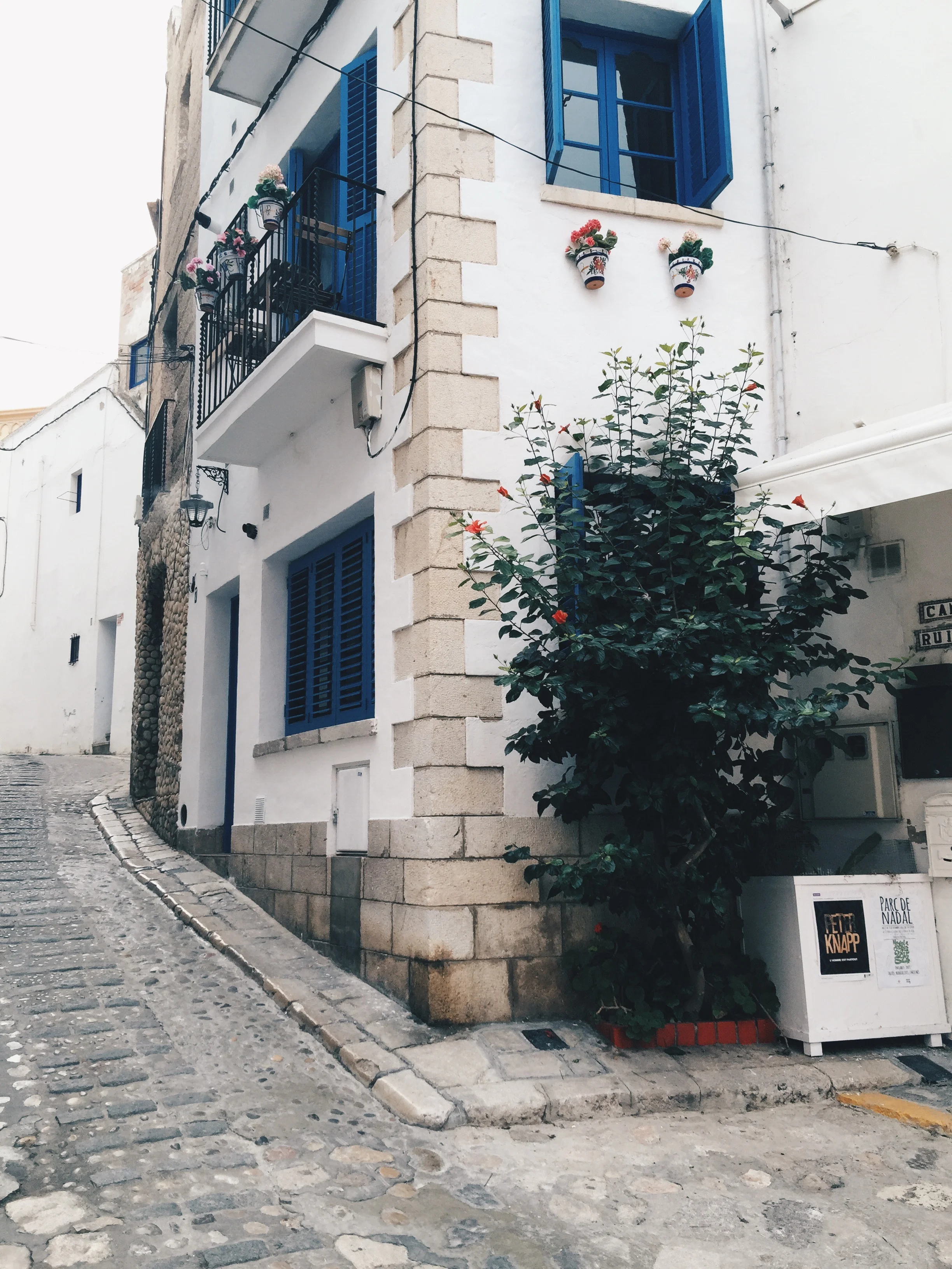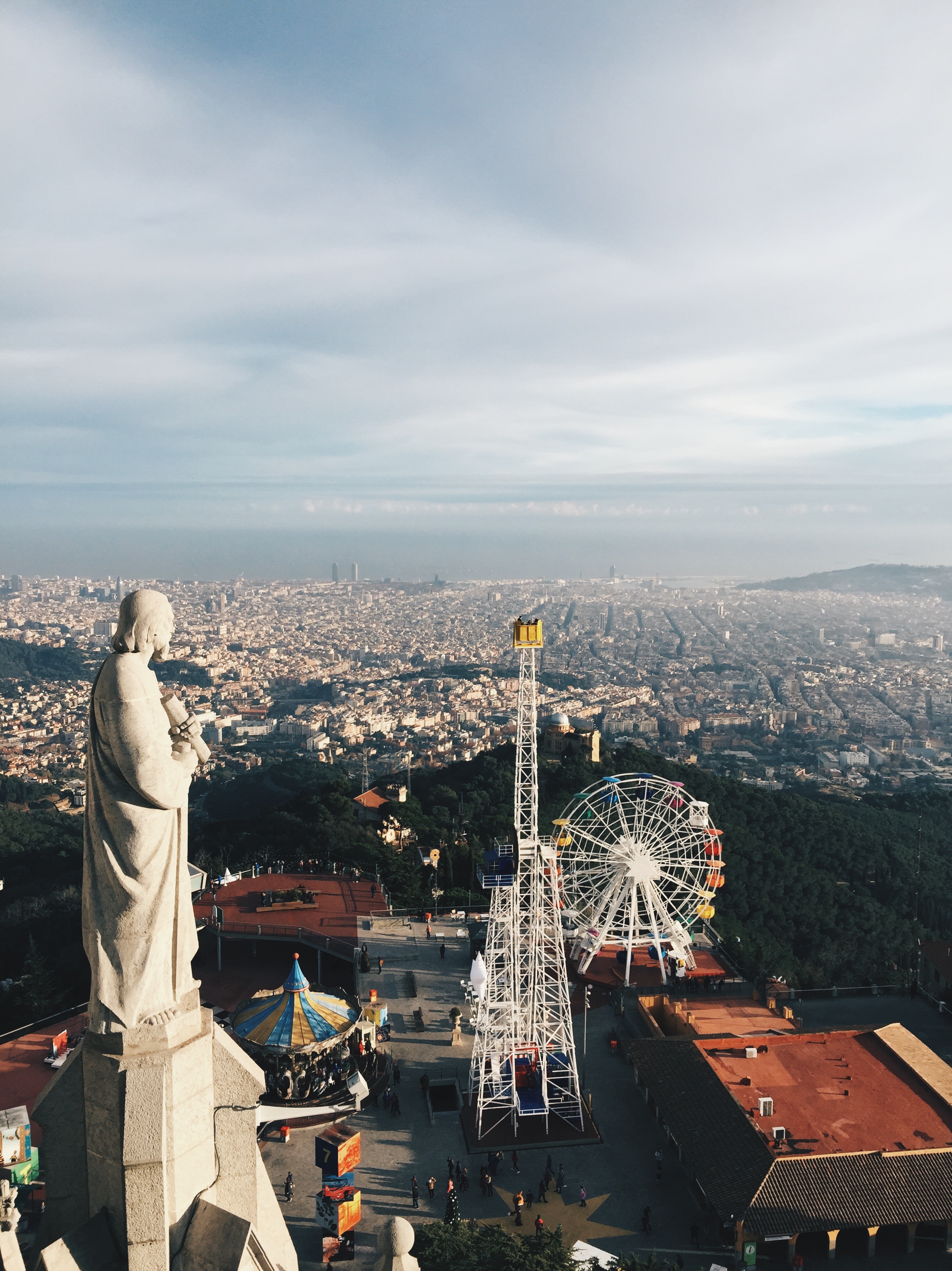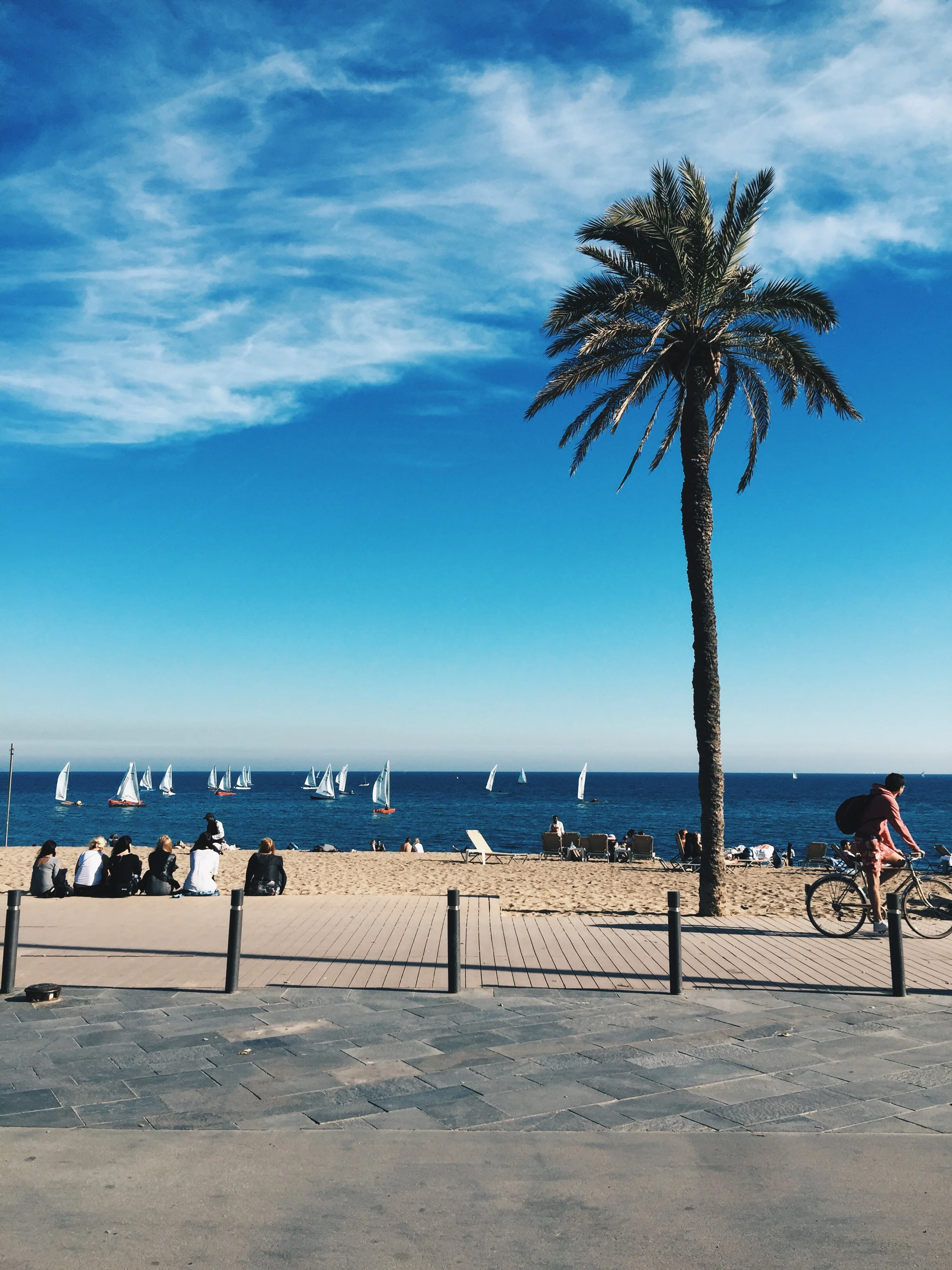Travel Guide: A Week’s Itinerary in Barcelona (from a Former Hotel Concierge)
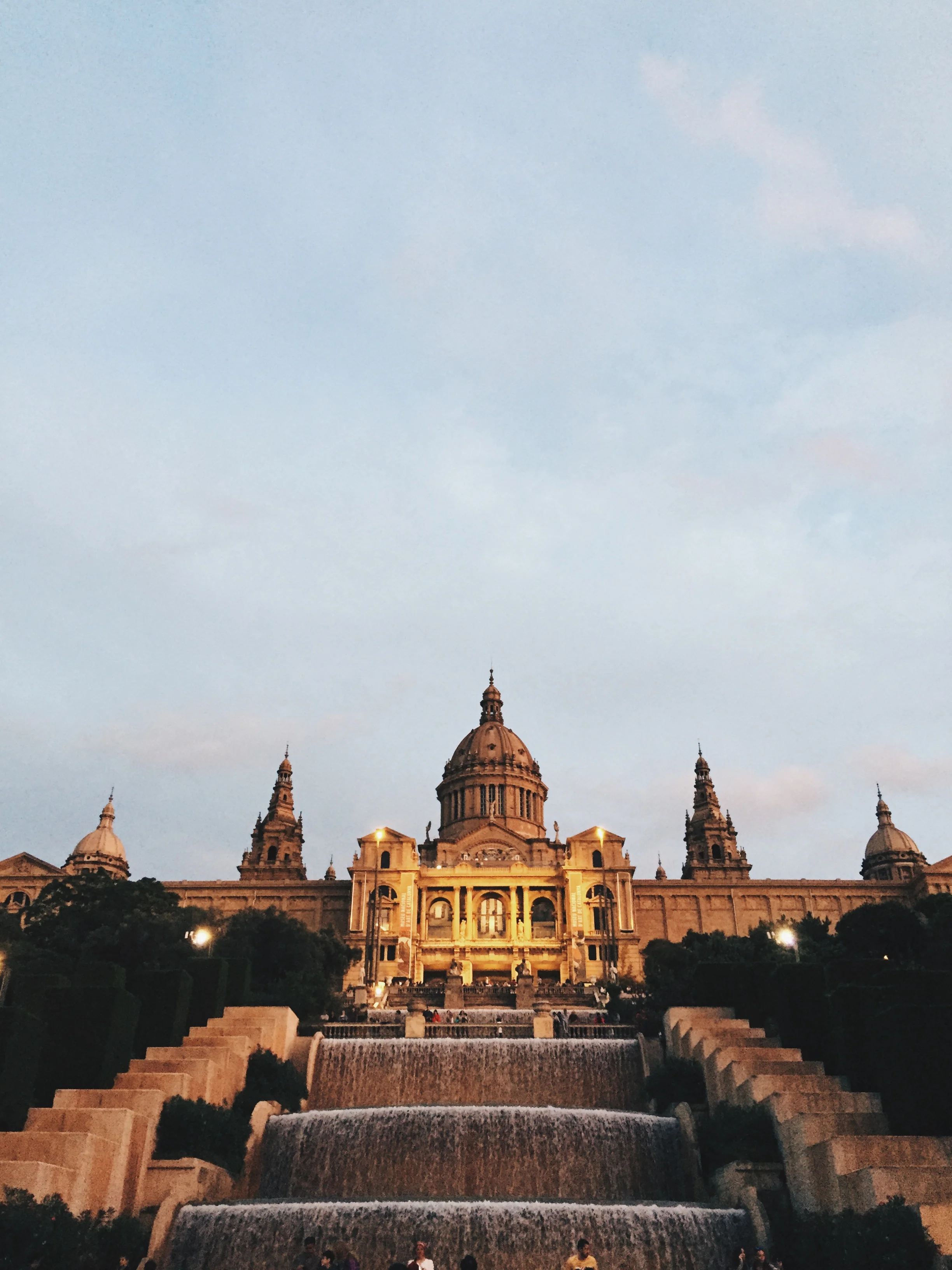
When I was 19, I decided I needed to get out into the world and see more of it, and decided to take the plunge with an overseas internship I needed to clock for my final semester in school. After months of sending in my CV to hotels all over the world, arranging interviews and applying for visas, it was set — I was headed to Barcelona, Spain.
There, I became a member of a concierge team, and did a lot more than that but I won't be getting into that for the sake of the purpose of this post, so suffice it to say, I do know a little more about travelling Barcelona than your average holidayer who's only visited this city a couple of days.
This suggested 7 day itinerary is meant to cover as much of the city within the interest of a tourist, with the more important sites / essential Barcelona sights coming in on the first few days, and the back few being those that are still brilliant to see if you have more than just a couple of days.
With that in mind, let's get started!
Quick Tips for Barcelona:
Get the T10 ticket for public transport (€9.90 for 10 rides) which can be shared amongst a group, just pass the ticket back after one has crossed the gantry
Purchase your tickets for La Sagrada Família and Parc Güell in advance online to skip ticket queues
If you'd like the Hop-On-Hop-Off bus rides, stick to the red route which is of far more interest to tourists
With accommodation, I'd stay outside of the Gothic Quarter as dingy characters come on to the street after nightfall (not a big issue, but it might be)
Pickpockets are (unfortunately) an issue, most prevalent on La Rambla but they can happen anywhere, keep your valuables in your inner pockets
If you're going out partying, you can stay till 5am as the metros begin again at 5 daily, otherwise you can take the night bus at wee hours of the night, which are perfectly safe to use
Avoid the restaurants lining the main street of La Rambla and Passeig de Gràcia, as well as those close to La Sagrada Família and Parc Güell. The quality of food is generally quite awful, the best eateries are hidden along the side streets
If you'd like to be in town for the best shopping deals, be in town in January for Rebaixes, easily the best sales period in Barcelona
Shops are closed on Sunday, so focus more on sightseeing if you're going to be in town on a Sunday
La Rambla — Barcelona's most popular walking promenade
Day 1
Areas Covered: The Gothic Quarter (El Barrio Gòtic), El Born
Sights: Plaça Catalunya, La Rambla, Mercado de la Boqueria, Plaça Reial, Monument a Colom, Avinguda del Portal de l'Àngel
With the first day, the focus will be on the heart of the city, which begins at Plaça Catalunya, the main square in Barcelona where many people (and birds — watch overhead!) congregate. The square being in the centre of downtown means it's a transport hub. Regional lines which connect the city with smaller suburban districts further out (which your average tourist won't be making much use of) that stop here are R1, R3, R4, S1, S2, and S5. Of more interest would be your Metro or subway lines that stop here, which are L1 (Red), L3 (Green), L6 (Blue), L7 (Brown).
La Rambla, or Las Ramblas, is the main walking promenade running like an artery down from Plaça Catalunya to the waterfront, ending at Monument a Colum. Along the way, there are very many side streets running perpendicular and parallel to the main promenade, and those are the streets where the business is. The main promenade is nice enough, and wide, to accommodate the genuine throngs of people at almost all hours of day, but the shops that line it are kitschy cheap tourist souvenir shops and crappy restaurants serving food completely undeserving of the great food you can find in this huge city.
Once you've wandered off into the streets running adjacent the main boulevard, it's really quite easy to get lost in it, which is half the fun. The only word of caution I'd have here is to not venture too far out into the El Raval quarter. I never genuinely felt unsafe when I lived in Barcelona, except for this quarter, which is fine if not old and not very well-maintained in the day, but when nightfalls the characters that come out are a little questionable, and there is absolutely nothing of interest there to the tourist anyway.
Another thing to note are Barcelona's infamous pickpockets, which are active at all times of day and all times of night. Thankfully, I never look too foreign in most major cities (perks of being ethnically ambiguous, eh?), and coupled with the fact I always know where I'm going, I was never a target, until Christmas Eve where the normally people-filled streets emptied out and they didn't have many options and got lucky with my iPhone 6+. Yeah, what a great Christmas gift from the city, I know! Completely blew all the tips I got in 6 months just to replace my phone.
But honestly, apart from that isolated incident, I was never a target, but I did observe who they targeted, and unfortunately some things can't be helped, such as not looking local. If you're wearing your fancy floral shirt on holiday, a map poking out of the pocket of your shorts, a visor to keep the sun out of your eyes perhaps, etc.
So tip? Keep it low key. And be smart, the way you would in any other big city in the world. Don't leave your valuables out of your sight at a restaurant, don't leave them poking out of your pocket etc.
Restaurants at Passeig d'Isabel
Along the main street of La Rambla, a big tourist attraction is Mercado de la Boqueria, a traditional Catalan market. I do think it's a little touristy though, so it does strike me as a place that's spruced up to be more appealing to tourists, but that's not a slight on the market at all.
The entrance to the markets
The first few stalls closer to the streets are your juices, fruits, candies, nuts etc. while the stalls further back offer more fresh produce. Perfect chance for you to get your Iberian ham (jamón ibérico), then! The market's big enough for you to spend 30 to 45 minutes there, and perhaps longer if you stop to get some food.
Catedral de Barcelona and the square just in front of it
In the Gothic Quarter, another site of interest is the Barcelona cathedral. The opening hours and admission fees (or rather, entry with donation fees) depending on the time of day can be found here. I decided to skip going into this one as there was another more lauded basílica (Basílica de Santa Maria del Mar) around and the grandfather of all Barcelona cathedrals La Sagrada Família was going to be on our list anyway.
Plaça Reial is another famous square albeit smaller in size, and beautiful. There are many restaurants that aren't cheap that can be found here, it does make for a lovely atmosphere even if you're not necessarily dining there though.
Avinguda del Portal de l'Àngel — a shopping street
Running parallel to La Rambla is Avinguda del Portal de l'Àngel, a shopping street with many high-street brands like PULL&BEAR, H&M, Zara, etc. Shops close at around 10pm on weekdays if you still have the energy to get a bit of shopping done! That should end day one easily, and don't worry about not getting to do so many things as I've allocated another day for El Born, a more authentic, local experience of the Gothic Quarter, right next to the area covered on day one.
Plaça St Jaume — a square in the Jaume area near El Born
Day 2
Areas Covered: El Born
Sights: Plaça St Jaume, Basílica de Santa Maria del Mar, Picasso Museum (Museu Picasso de Barcelona), Arc de Triomf, Parc de la Ciutadella
Day two's focus is on finishing the rest of the Gothic Quarter by crossing the main street of Via Laietana into El Born, one of my favourite neighbourhoods in the city. Like the Gothic Quarter, it is old and full of history with characterful buildings and architecture, but El Born also houses many local business and boutiques, which I prefer over the cheap tourist souvenir shops that plague some parts of the Gothic Quarter. Overall, El Born is more aesthetically pleasing to me than the Gothic Quarter.
El Born is also where you'll find a number of great restaurants and bars in the city, including but not limited to Cal Pep, Ten's Tapas Restaurant, 7 Portes (for paella), Bacoa (for burgers) etc.
Here is also where you'll find a beautiful basílica in the form of Basílica de Santa Maria del Mar. We walked into the basílica floor and interestingly on the day, we inadvertently, along with a couple hundred other tourists, crashed a local wedding.
You can see there was a red band closer to the altar for the wedding and guests, but we got to sit in the pews behind and celebrate the moment with the couple, ha.
Barcelona is a haven for the arts and culture, so it comes as a surprise to no one that many museums can be found here, including the famous Picasso Museum. The opening hours and admission fees can be found here, and on the days where admission is free, fair word of warning the line for the museum can stretch a number of blocks down, and this wasn't even in the height of summer season. Personally though, I gave this a miss as I'm not a big enough Picasso fan to spend a few hours here, but for those interested in the subject matter, this should prove to be a great experience.
Barcelona's Arc de Triomf
It might be less famous than its' Parisian equivalent, but Barcelona too boasts an Arc De Triomf, albeit a little smaller. Built as the main access gate for 1888 Barcelona World Fair, the structure can be found at the end of the sweeping promenade of Passeig de Lluís Companys, and is beautiful on a clear sunny day.
The Arc leads to one of the main parks in Barcelona that isn't named Güell, Parc de la Ciutadella where you can enjoy a pleasant morning or afternoon here. It's also linked to the city zoo, Parc Zoològic de Barcelona, which I also gave a miss as I'm kind of on the fence about zoos ethically, but you do you!
That should conclude another busy day, but with El Born in hand, you've pretty much covered the whole of the Gothic Area, which most tourists never actually get to do with the limited number of days so choose how you spend your time wisely!
Catalan architect Antoni Gaudí's masterpiece — La Sagrada Família, a UNESCO World Heritage Site
Day 3
Areas Covered: La Sagrada Família, Parc Güell
Sights: La Sagrada Família, Parc Güell
I've grouped both of Gaudí's masterpieces in Barcelona to be done together, reason being that you can easily spend a few hours at each place, making the morning for one sight and afternoon for one sight an easy day sorted.
Here is where I would recommend getting tickets for both sights online in advance, to skip the queues for tickets on the day of. Of course, you still have to queue to get in, but you skip that first queue. With La Sagrada Família, you get the option of buying tickets with access up the towers, which have great views of the city from up top. We got the audio guide tour which I would recommend as it gave you detailed explanations on the background and features of Gaudí's design. But given that it was so detailed, I tuned out a little and just soaked in the actual design that was in front of my eyes, which was magnificent.
City views from Parc Güell
Moving on to Parc Güell, there is an area designed to house Gaudí's work which is ticketed, but the rest of the park isn't. I chose to skip over the ticketed admission and decided to wander the rest of the park. Gaudí's work is where you'll get to see many of the pictures on Barcelona postcards though, so if it's of imperative importance that you get to see it for yourself, don't skip out on it.
Parc Güell outside the Gaudí enclosure
Outside of the enclosure, the park is huge, with a spot that gives you a vantage point of the city. Of course, because Barcelona is surrounded by hills, and you do get breathtaking views from Parc Güell, the climb up to the actual park is quite the experience. Once you get off the metro, we got off from Vallcarca, all we had to do was follow the crowds as literally everyone was headed there.
Should you have anyone in the group with any issues with traversing up and down steep slopes, stairs (there are escalators though), I'd recommend just getting a cab. But all that work pays off in the view you get, I promise.
A panoramic view from Parc Güell
Barcelona's beachfront views at Barceloneta
Day 4
Areas Covered: Barceloneta
Sights: Passeig Marítim, Platja de Barceloneta, W Hotel, Maremagnum
A big part of Barcelona's appeal is that it is right next to the Mediterranean Ocean, and it's here at Barceloneta that you get to experience that in full swing. With an extensive shore, you should be able to find a spot for yourself on the beach. Mind you though, Barceloneta isn't the best Catalonia has to offer, but unless you're getting the opportunity to go up Costa Brava, Barceloneta should suffice.
Passeig Marítim is the walking boulevard lining the beach all the way till Hotel Arts Barcelona. Beyond the Hotel and casino, there isn't all that much and it gradually gets more residential, so the heart of the action at Barceloneta stretches from the sail-shaped W Hotel to Hotel Arts.
I have to say though, one of my favourite finds I stumbled upon was a viewing terrace next to the W Hotel. Up close and personal, the architecture of the sail is really quite stunning, and the way the building reflects the colours in the sky is really quite stunning. Get a few pictures for yourself when the sun starts to set and the skies start turning orange. The area at the terrace was never too crowded, and I loved people watching there, as well as spending time with friends, gazing at the ocean, etc.
If you fancy some retail therapy, shopping mall Maremagnum is around the corner, as well as the Aquarium, Aquàrium de Barcelona which should be a nice day out with kids.
Day 5
Areas Covered: Gràcia
Sights: Passeig de Gràcia, Casa Batlló, Casa Milà
Gràcia is another of my favourite neighbourhoods in Barcelona for its classic Barcelona architecture. Given that it's also more residential than touristy, that makes it a quiet and beautiful neighbourhood.
Of course, of most interest to tourists would be Passeig de Gràcia, Barcelona's main shopping avenue, equivalent to Paris' Champs-Élysées. Shops on this street are of course not for the bargain hunters, from designers like Gucci and Hermès to high street brands like MANGO, Zara, and Zadig & Voltaire.
Further up the avenue though, brings you to the actual neighbourhood I was speaking of, Gràcia. There, you can find many small cafés and cosy restaurants, including the renown Botafumeiro, one of the best seafood places in the city, famous for its seafood platters.
Another of Gaudí's works — Casa Batllo
On Passeig de Gràcia, Gaudí's work is also on display, in the form of houses he designed such as Casa Batlló as illustrated above, and Casa Milà.
Just like the other ticketed sights, you can get your tickets in advance online. I personally enjoyed this site as it was a house instead of a church, so it provided a different perspective on Gaudí's work.
Another postcard perfect view at Montjuïc
Day 6
Areas Covered: Montjuïc
Sights: Plaça Espanya, Museu Nacional d'Art de Catalunya, Font Màgica de Montjuïc, Estadi Olímpic Lluís Companys, Anella Olímpica, Castell de Montjuïc
Day six moves on to Montjuïc, which refers to "Jewish mountain" in medieval Catalan and Latin documents. You'll do well to start from Plaça Espanya, and make your way up to the National Museum of Contemporary Art of Barcelona. A series of escalators, stairs, and ramps will take you to the door of the museum, where you'll be greeted with a stunning view of the city. I loved sitting at the steps of the museum and just spending time there.
Museu Nacional d'Art de Catalunya
On nights year round, at the base of Palau Nacional gets you the Magic Fountains of Barcelona built in 1929. Admission is free but it packs in viewers who start getting their spots earlier on in the evening. The official times they go off can be found here.
Font Màgica de Barcelona
Behind the museum lies the neighbourhood of Montjuïc, where you can find the Anella Olímpica, also known as the Olympic Ring featuring the main facilities of the stadium (Estadi Olímpic Lluís Companys), a sports hall and venue for concerts (Palau Sant Jordi), a telecommunications tower, National Physical Education Institute and swimming pools. Of interest to the tourist will be the stadium and the area in front of Palau Sant Jordi which is beautiful to take in.
One of the more popular day trips out of Barcelona to Montserrat
Day 7
Options for Day Trips: Montserrat, Sitges, Tarragona, Costa Brava, Sitges, Tibidabo
With the last day, I'm opening up the options to travelling out of the city centre out to see a bit of the rest of the region on day trips. Check out my comprehensive post here on these options, including how to get to these places, the costs of tickets, what to do and see once you're there etc. And I hope with this comprehensive travel guide of the city, you get some decent options on what to see in this beautiful city on the Mediterranean Sea.
Let me know of your own recommendations if you have any in the comments below!
